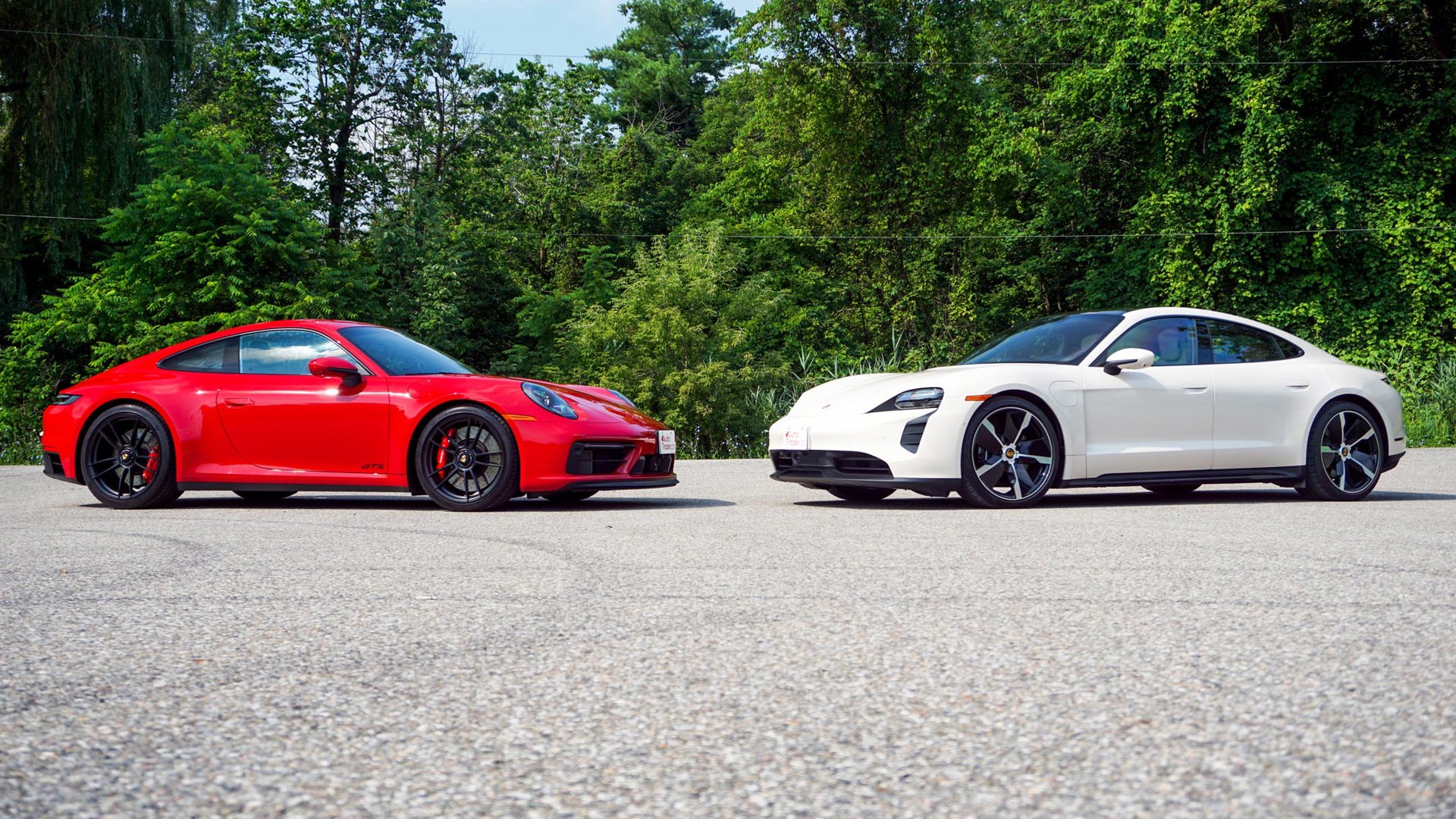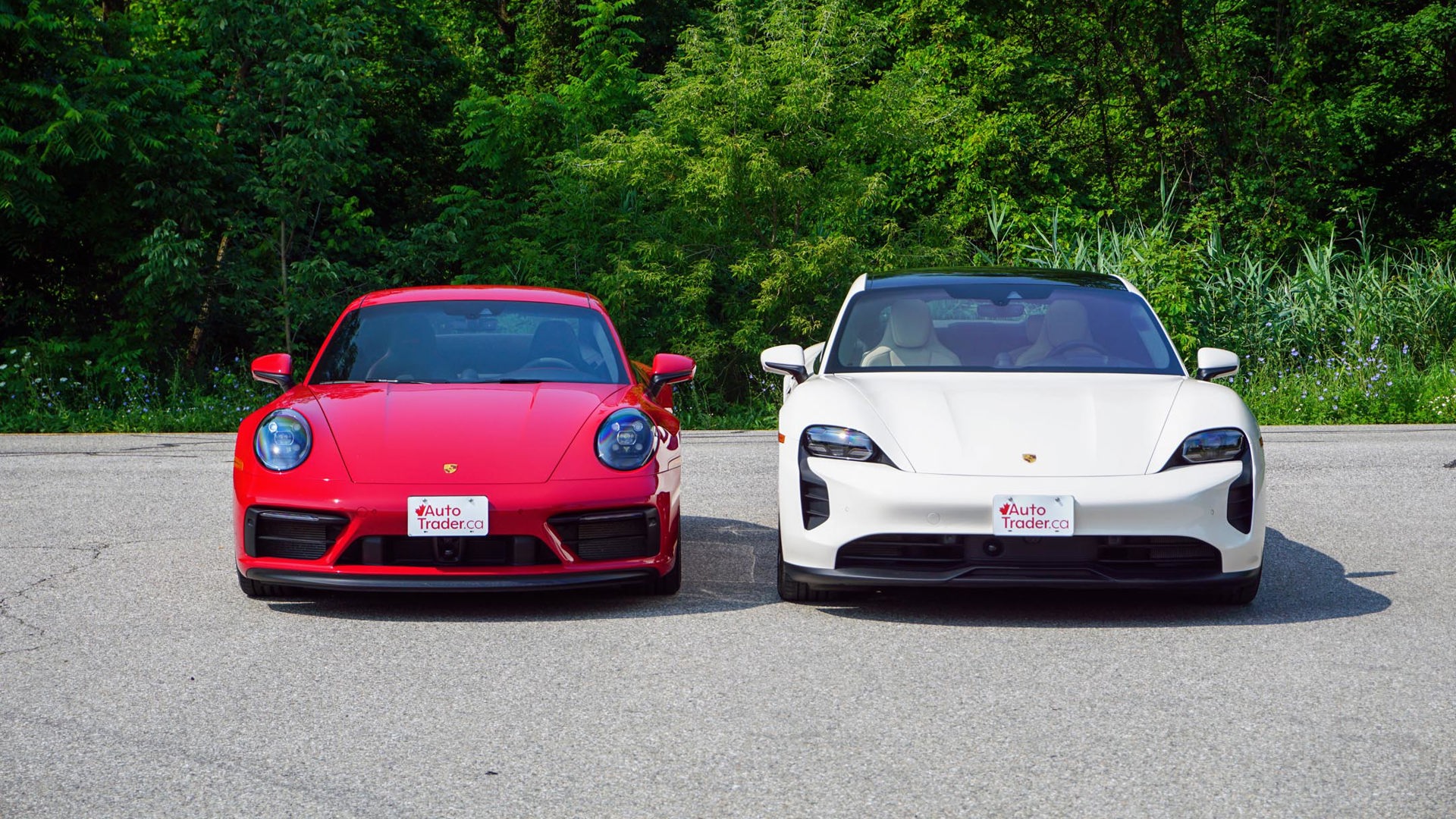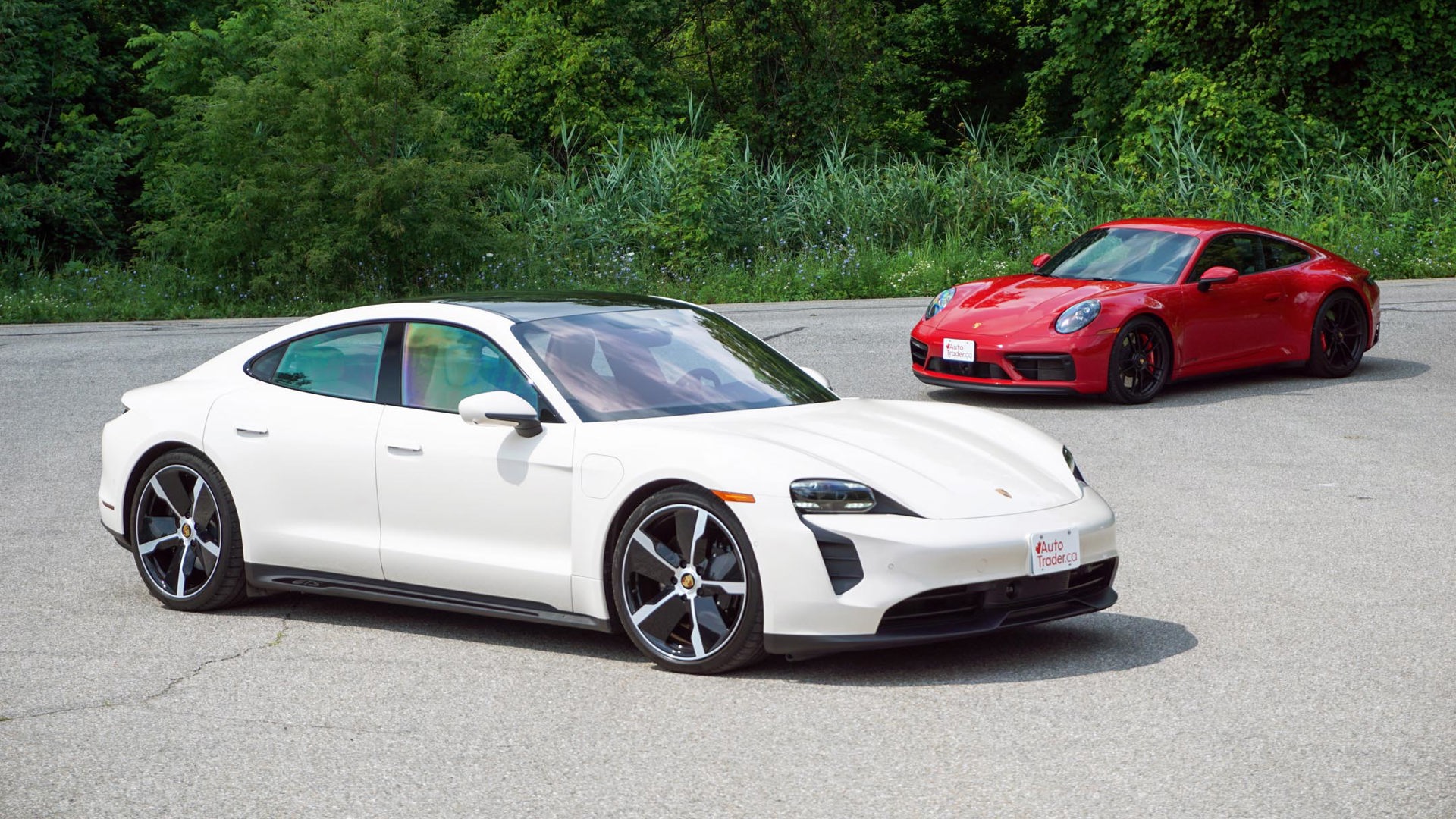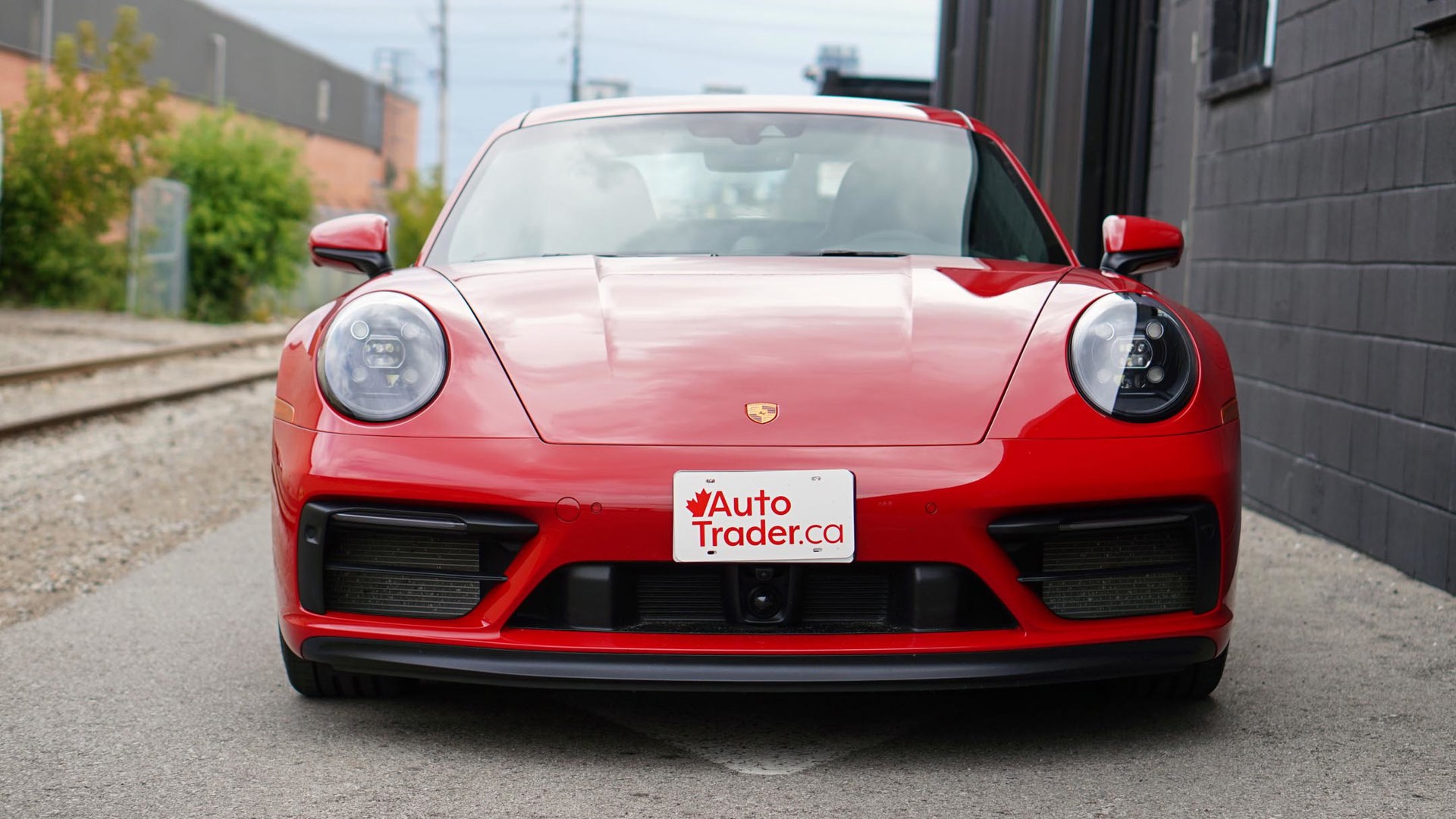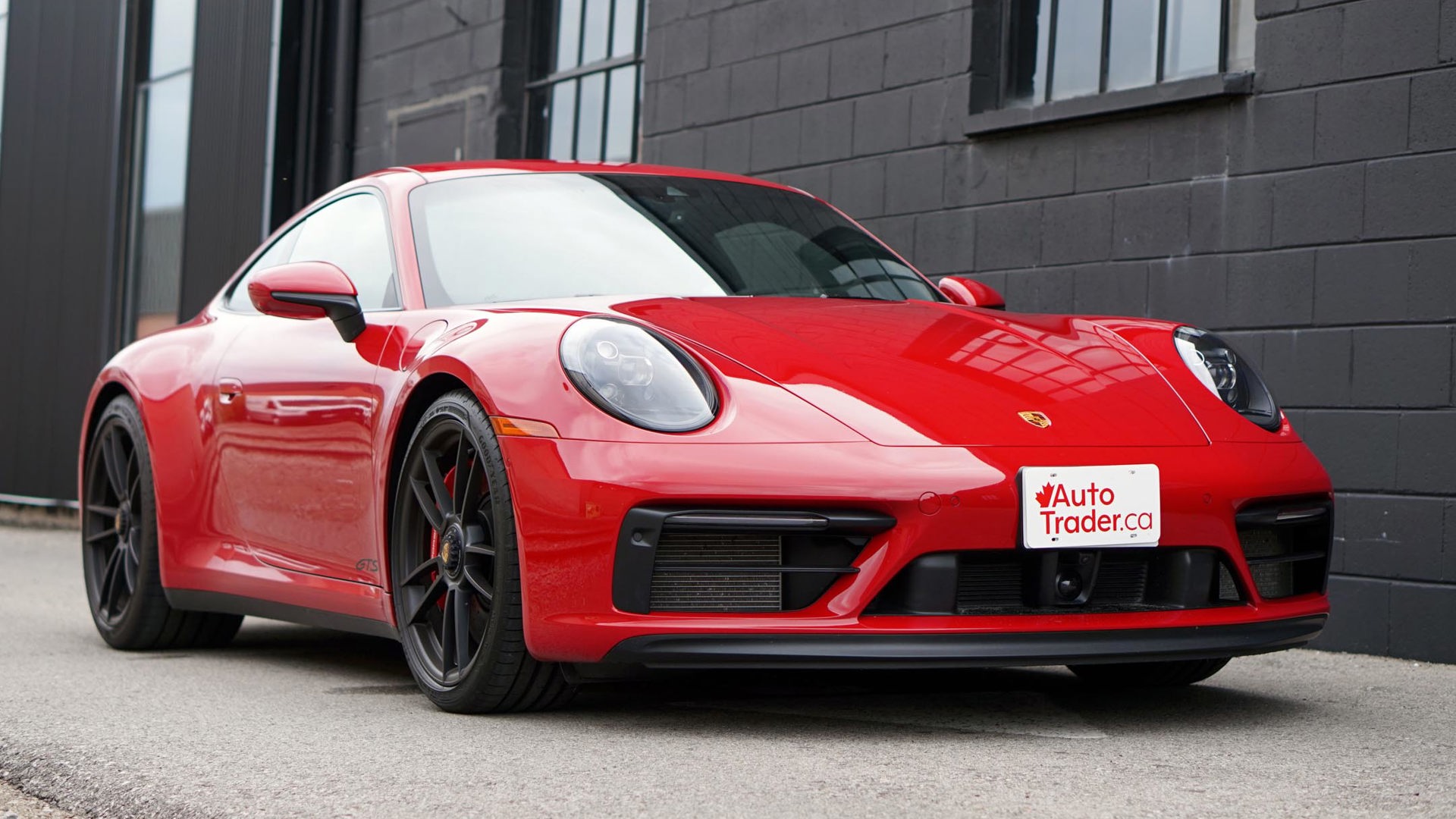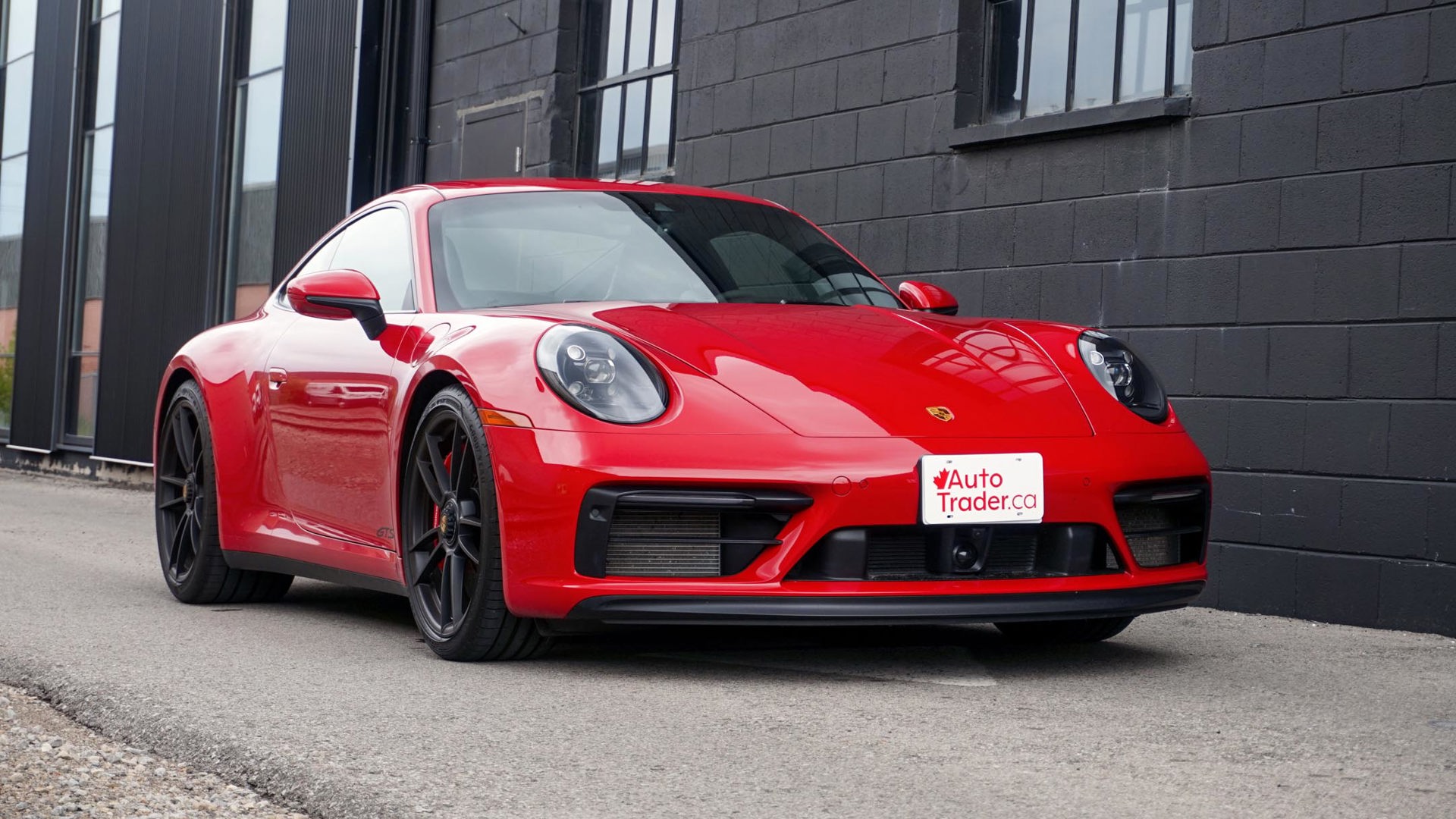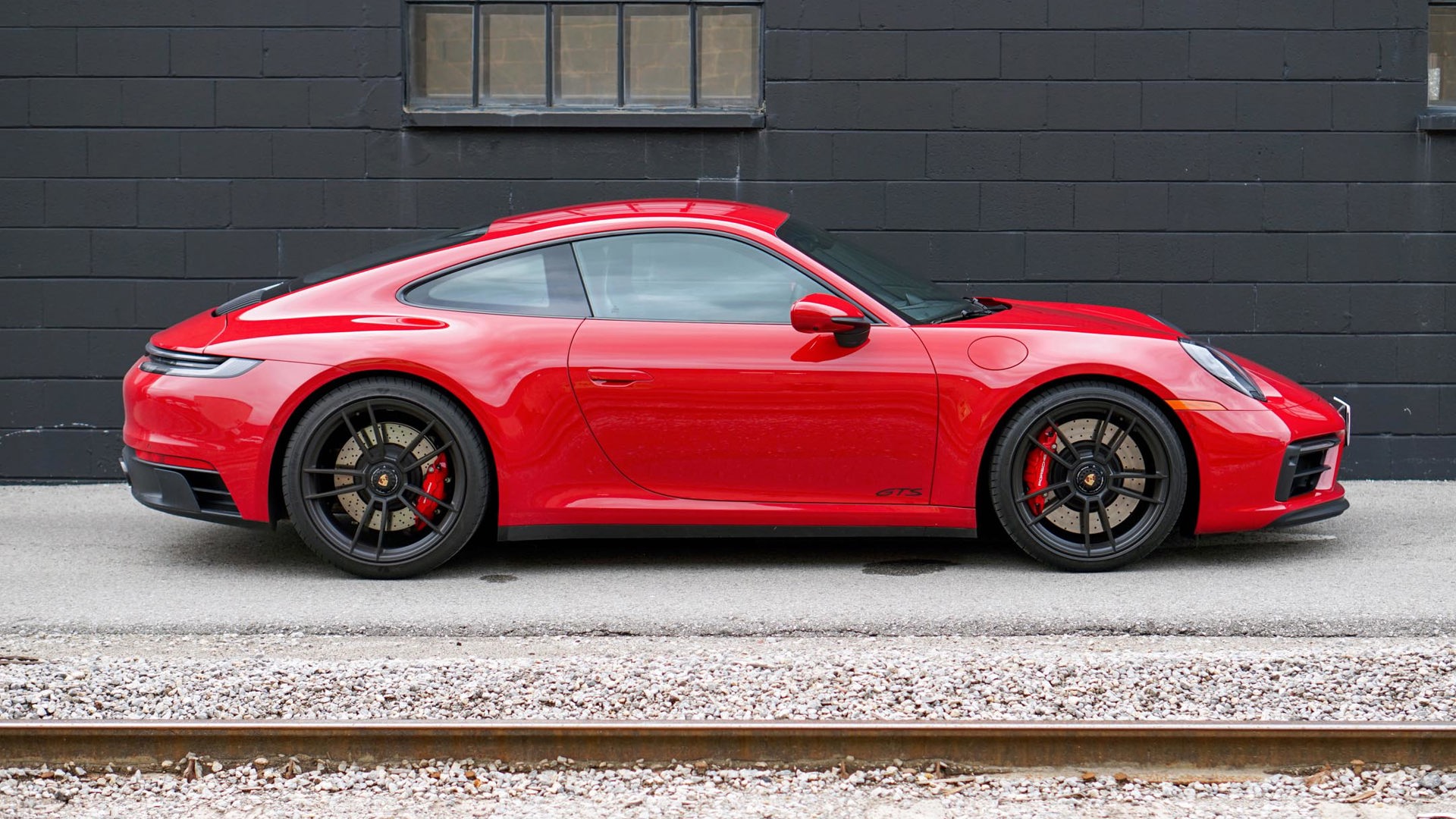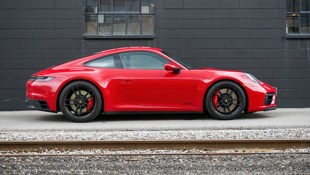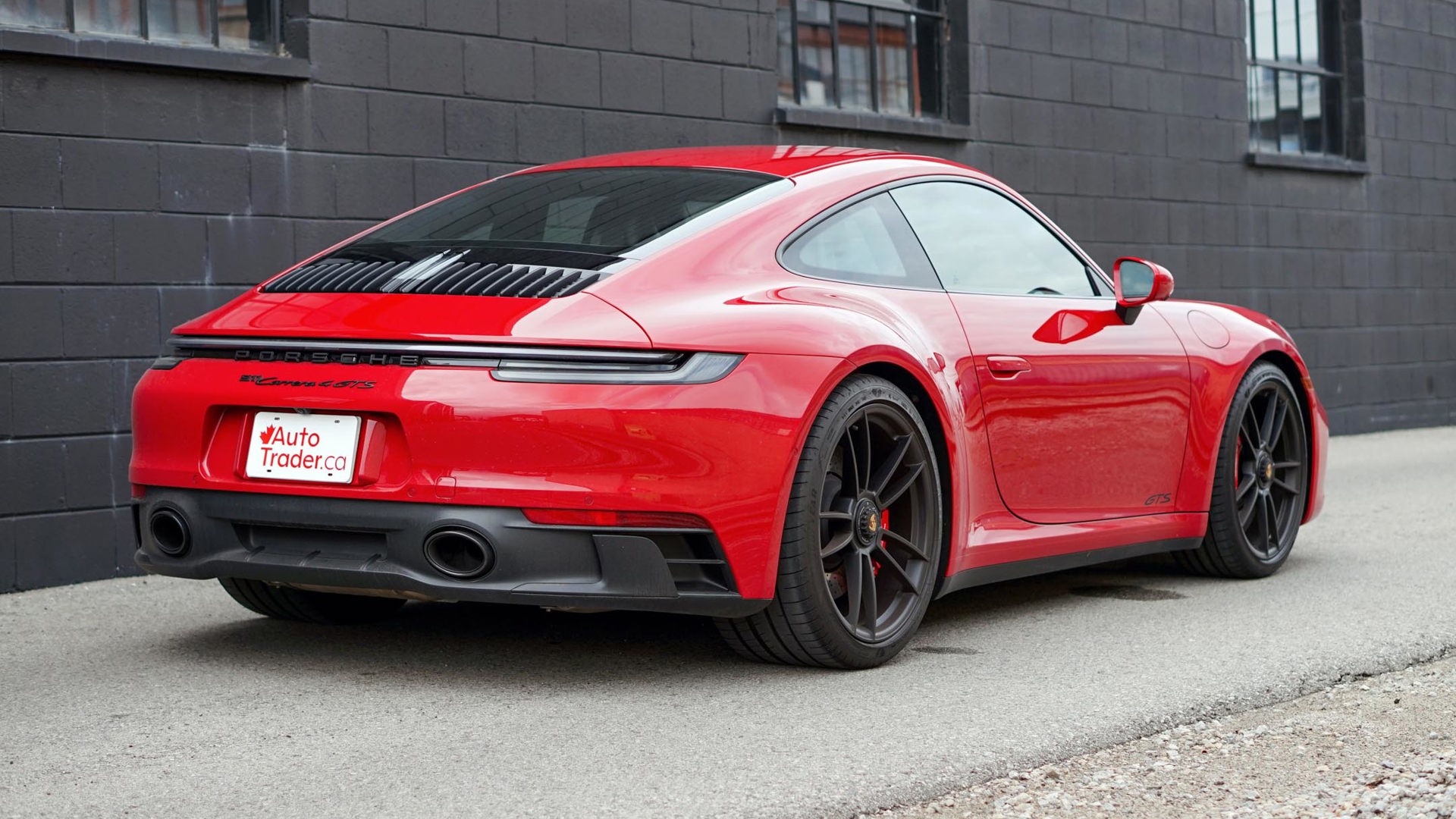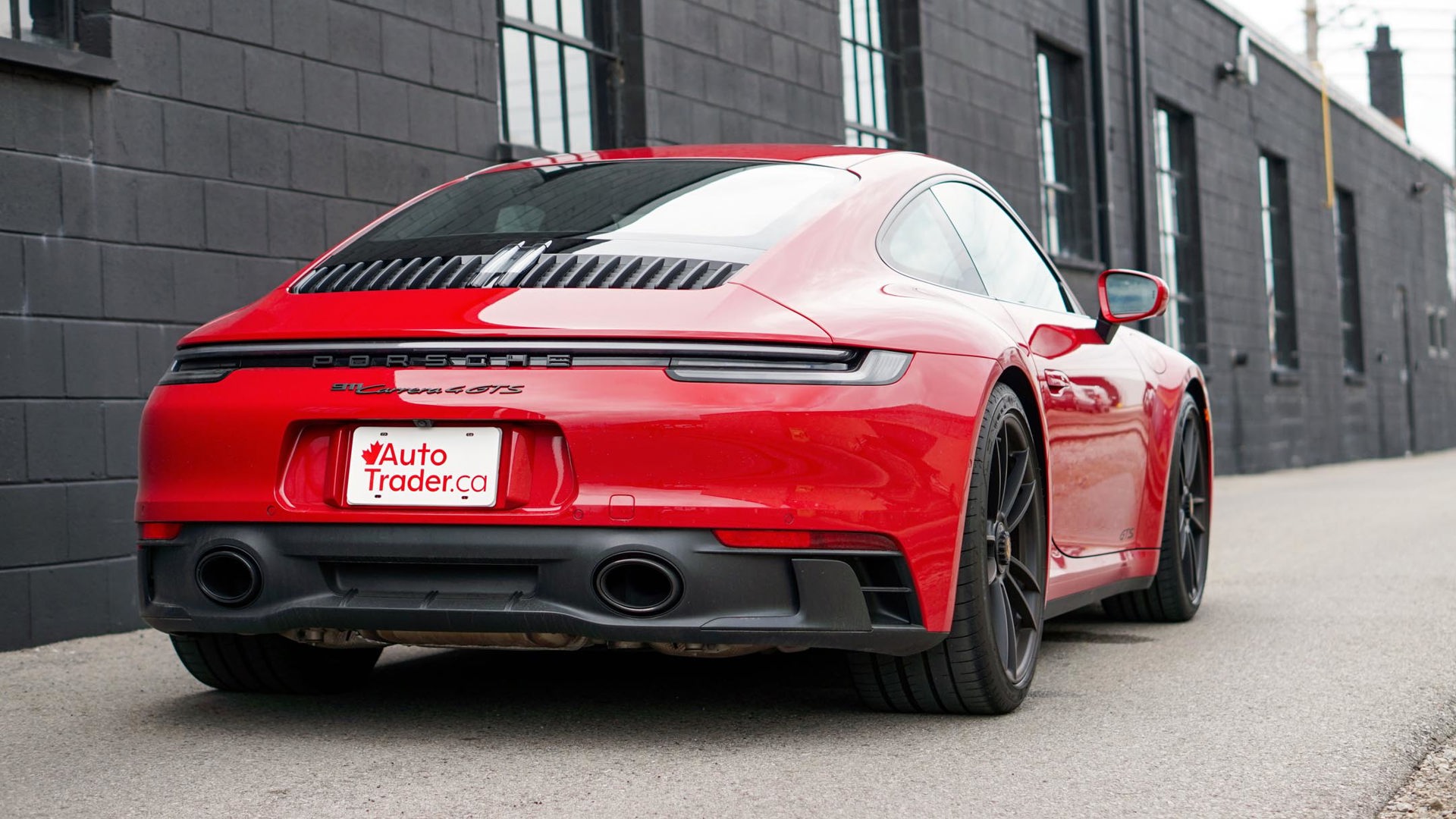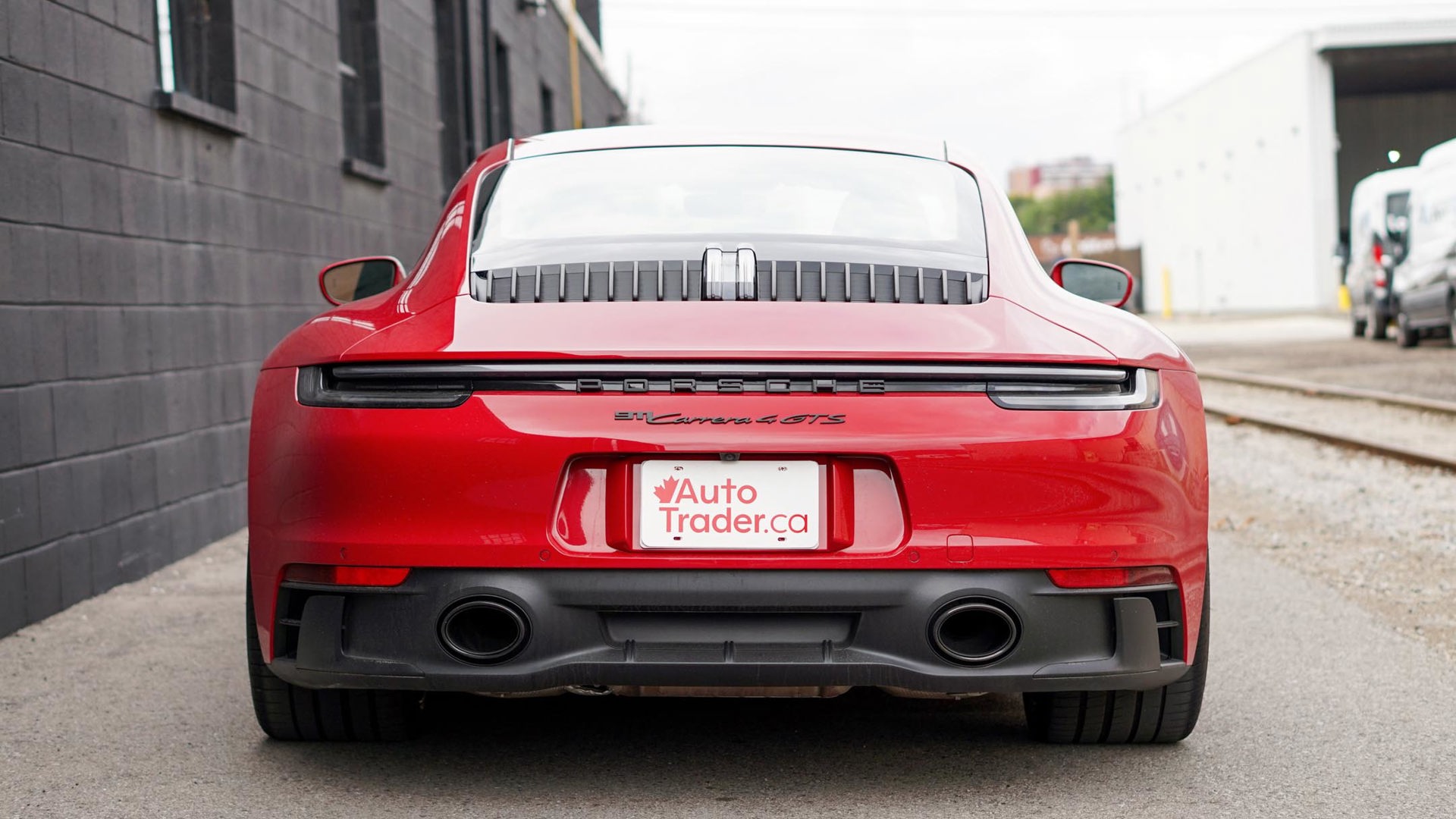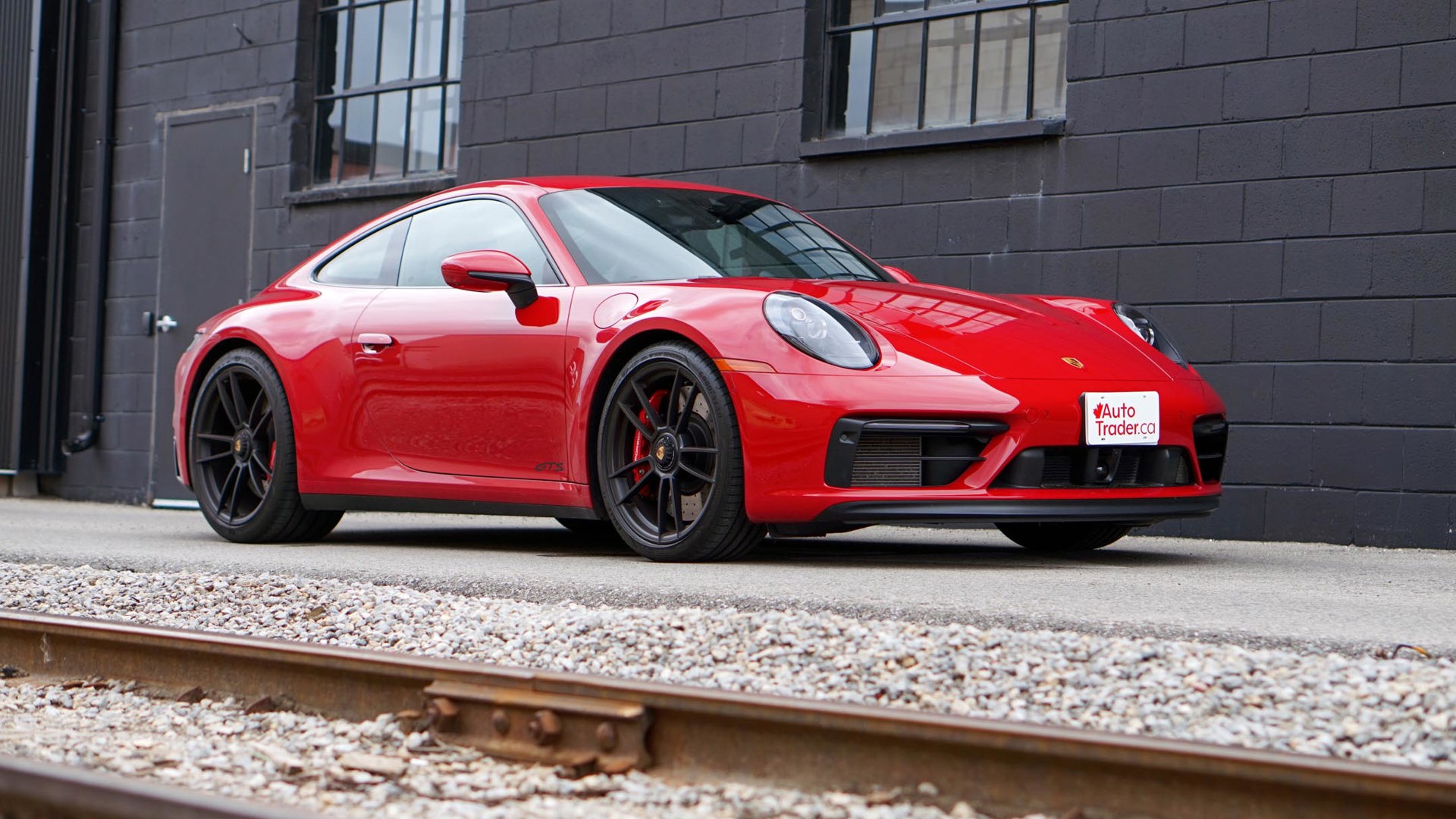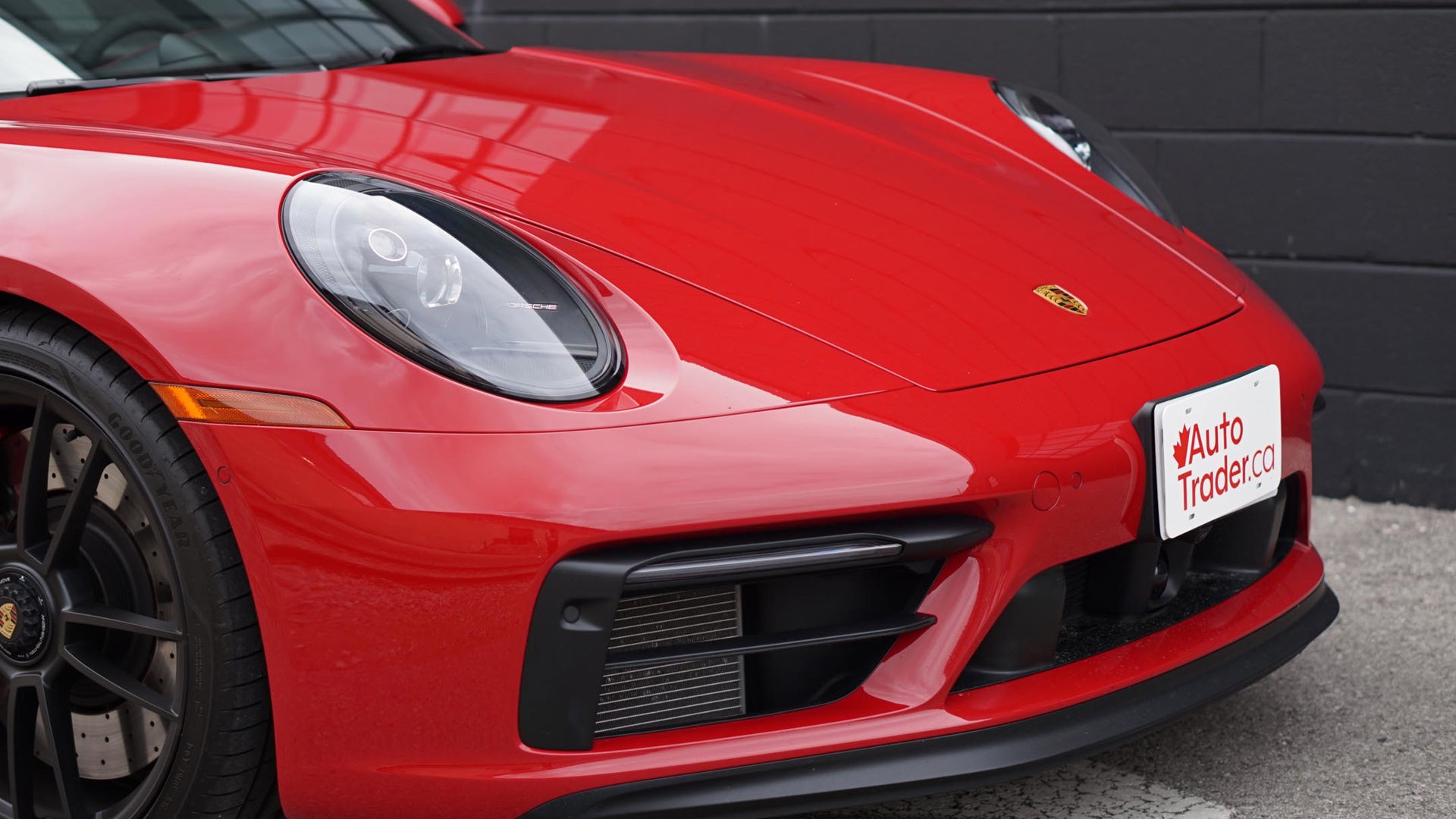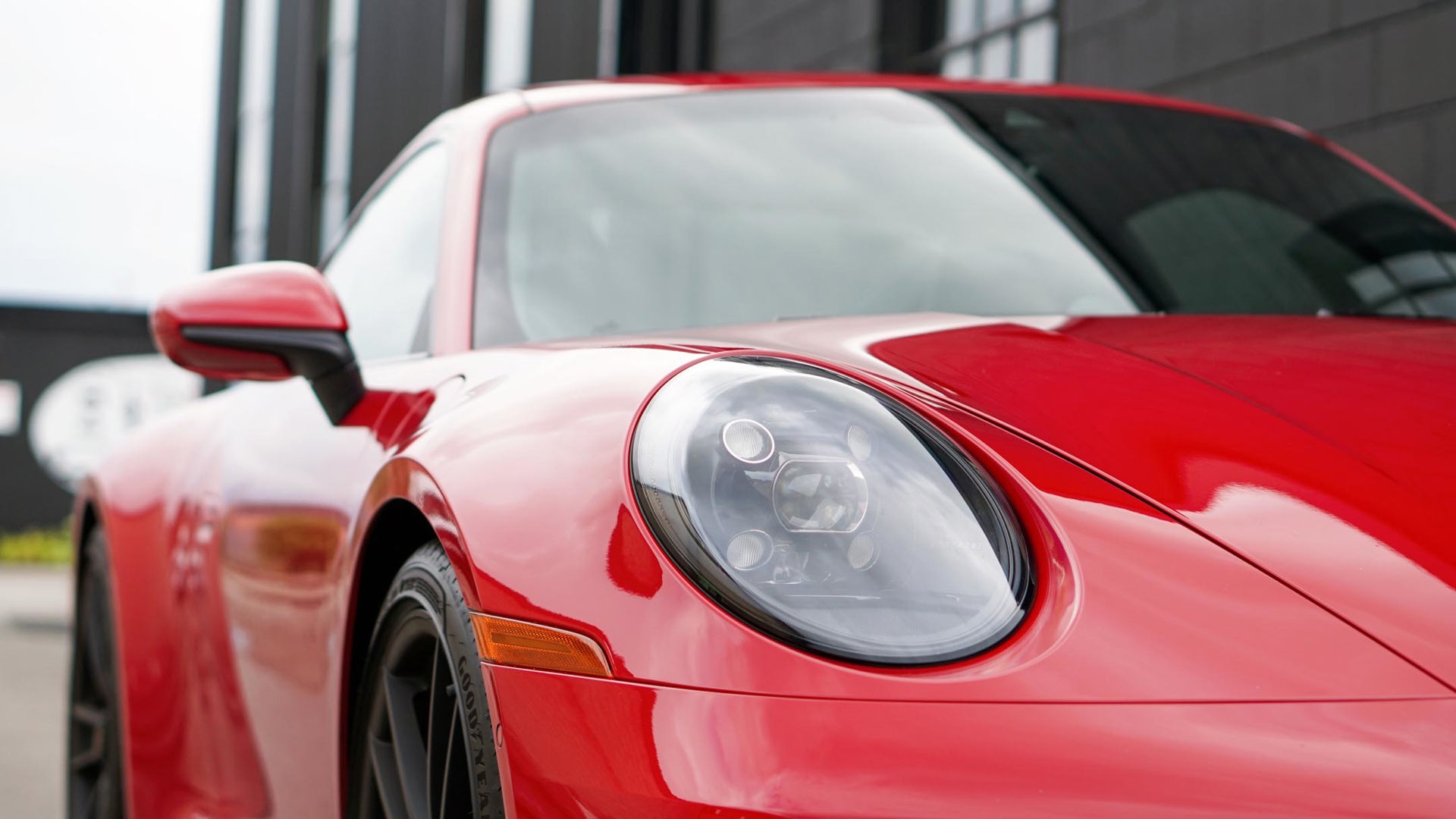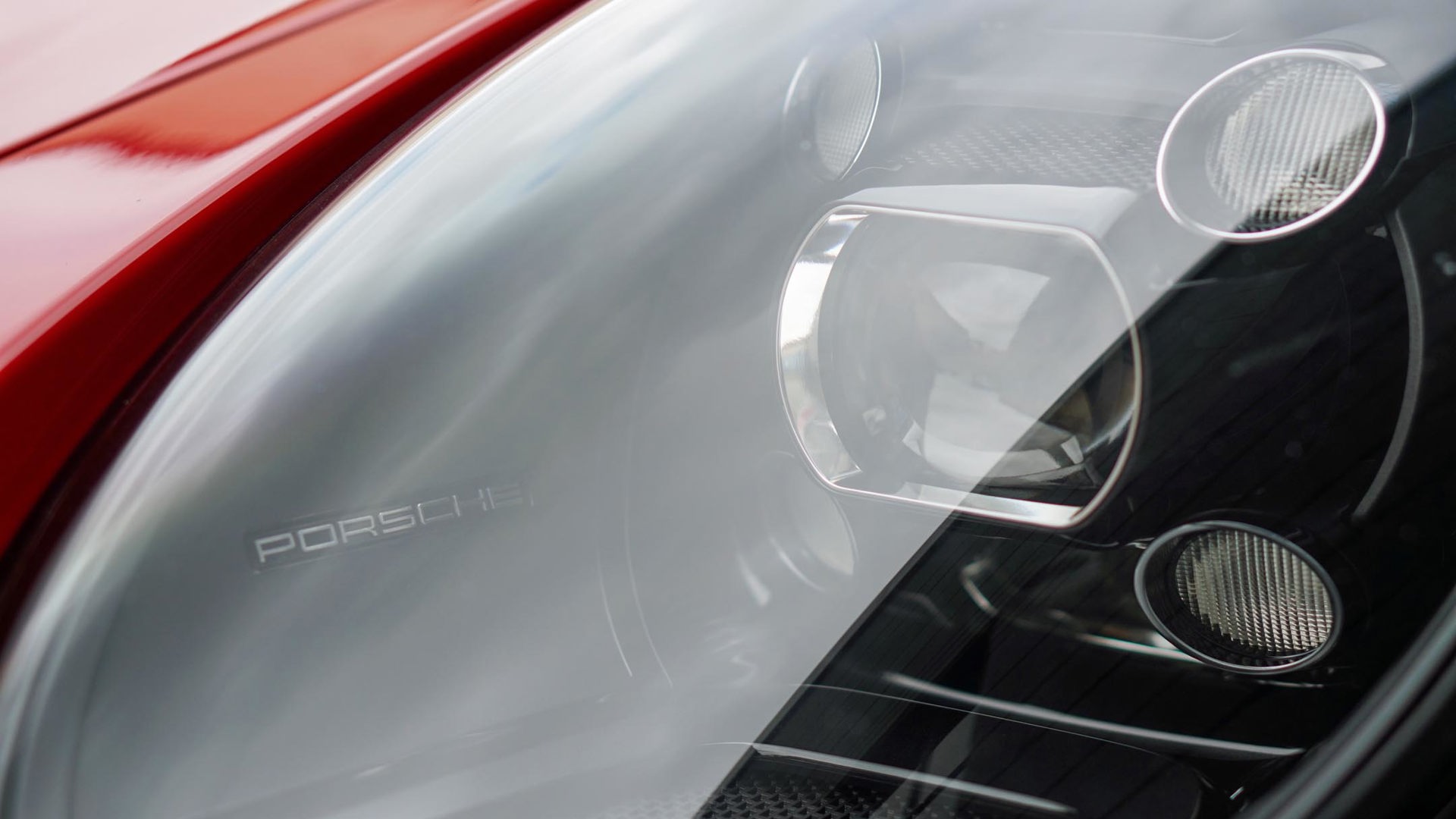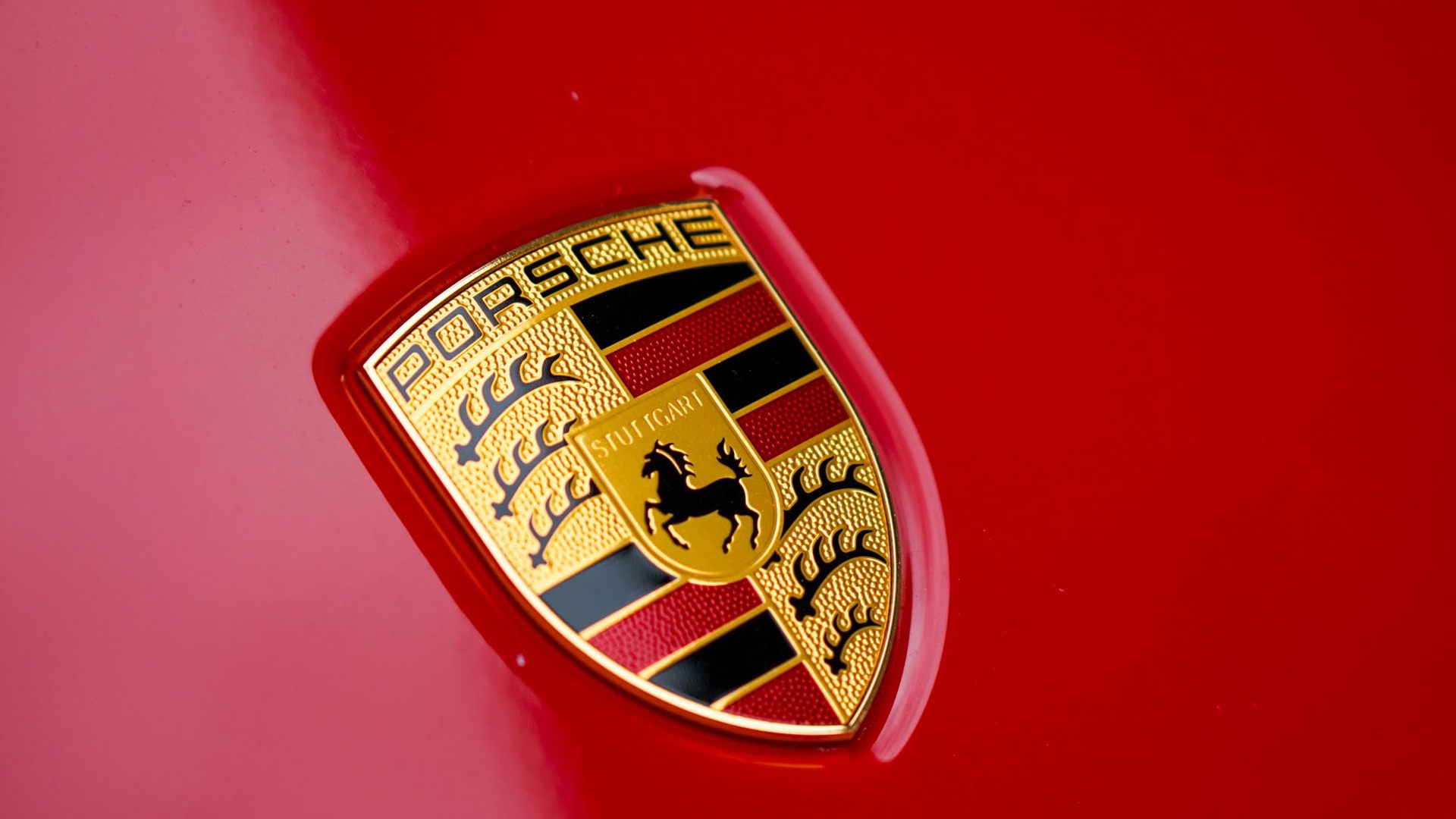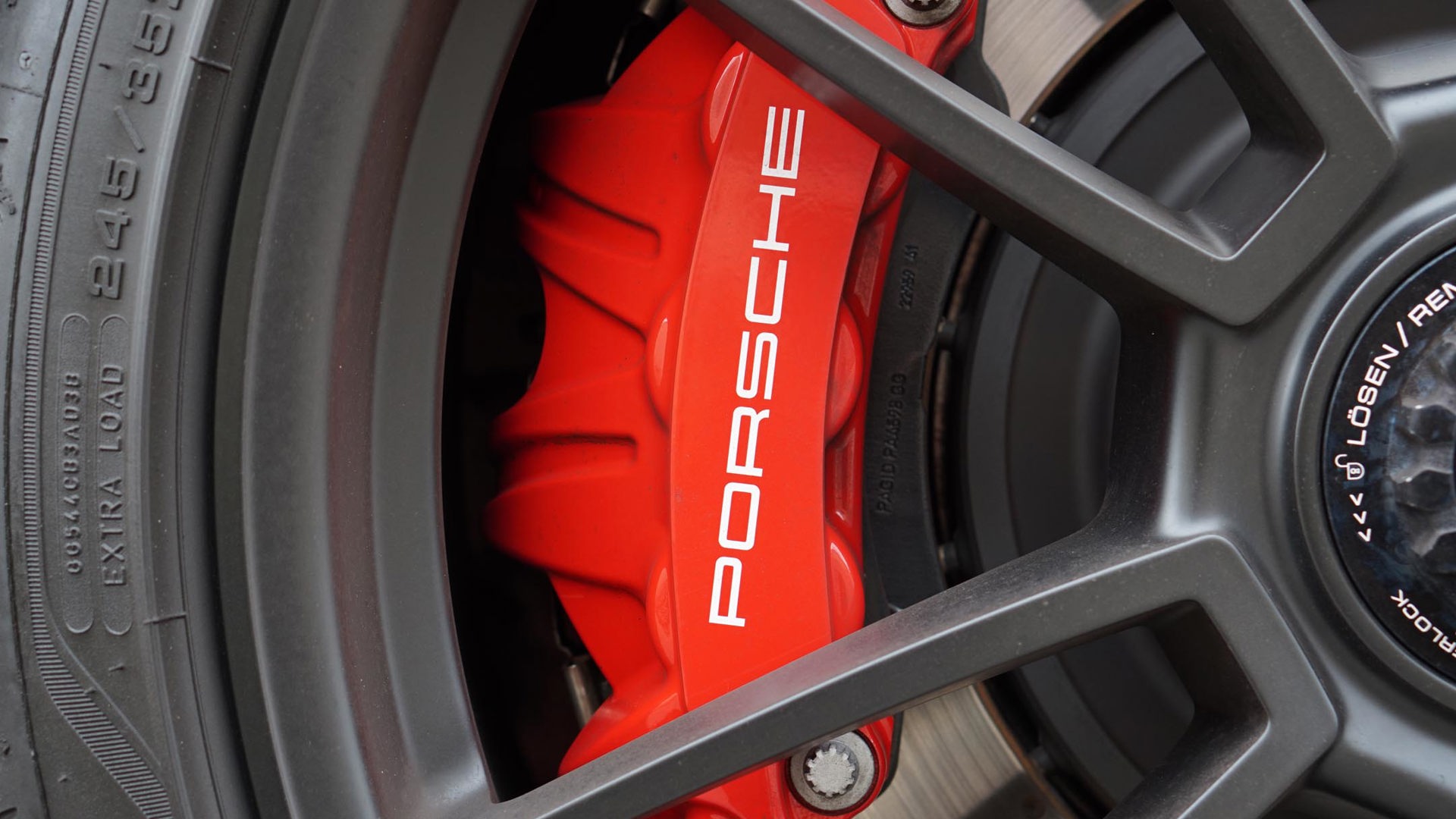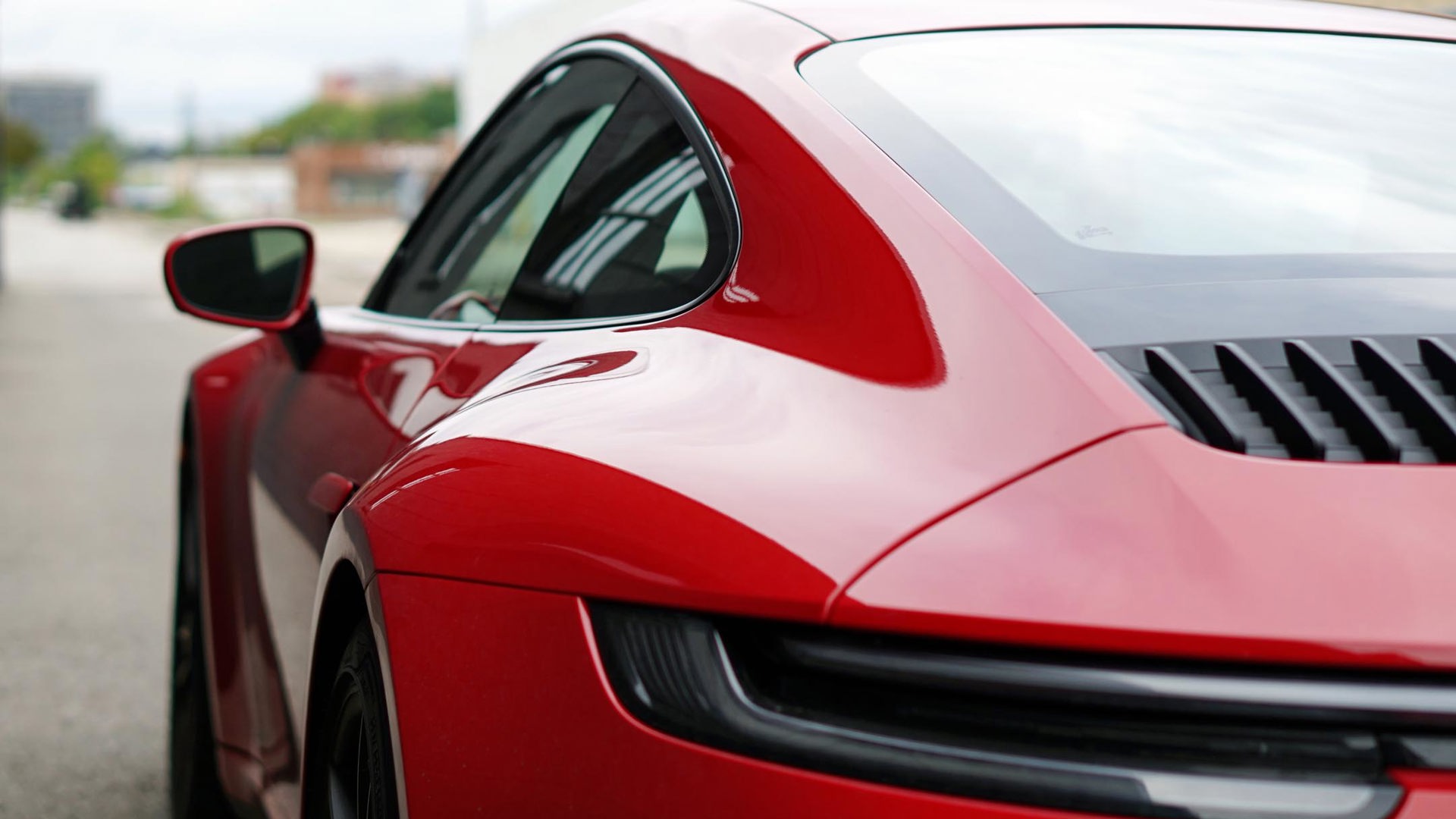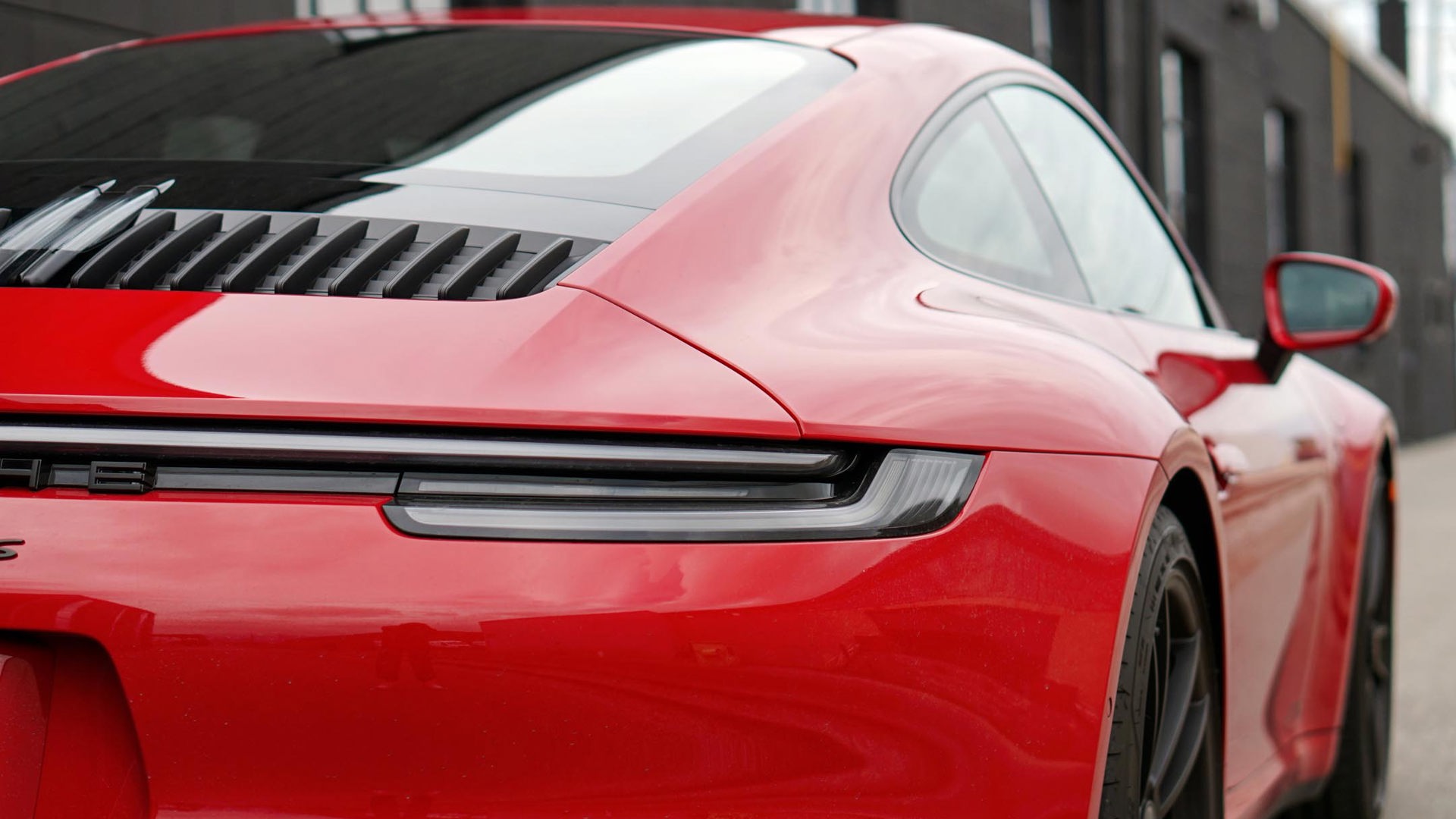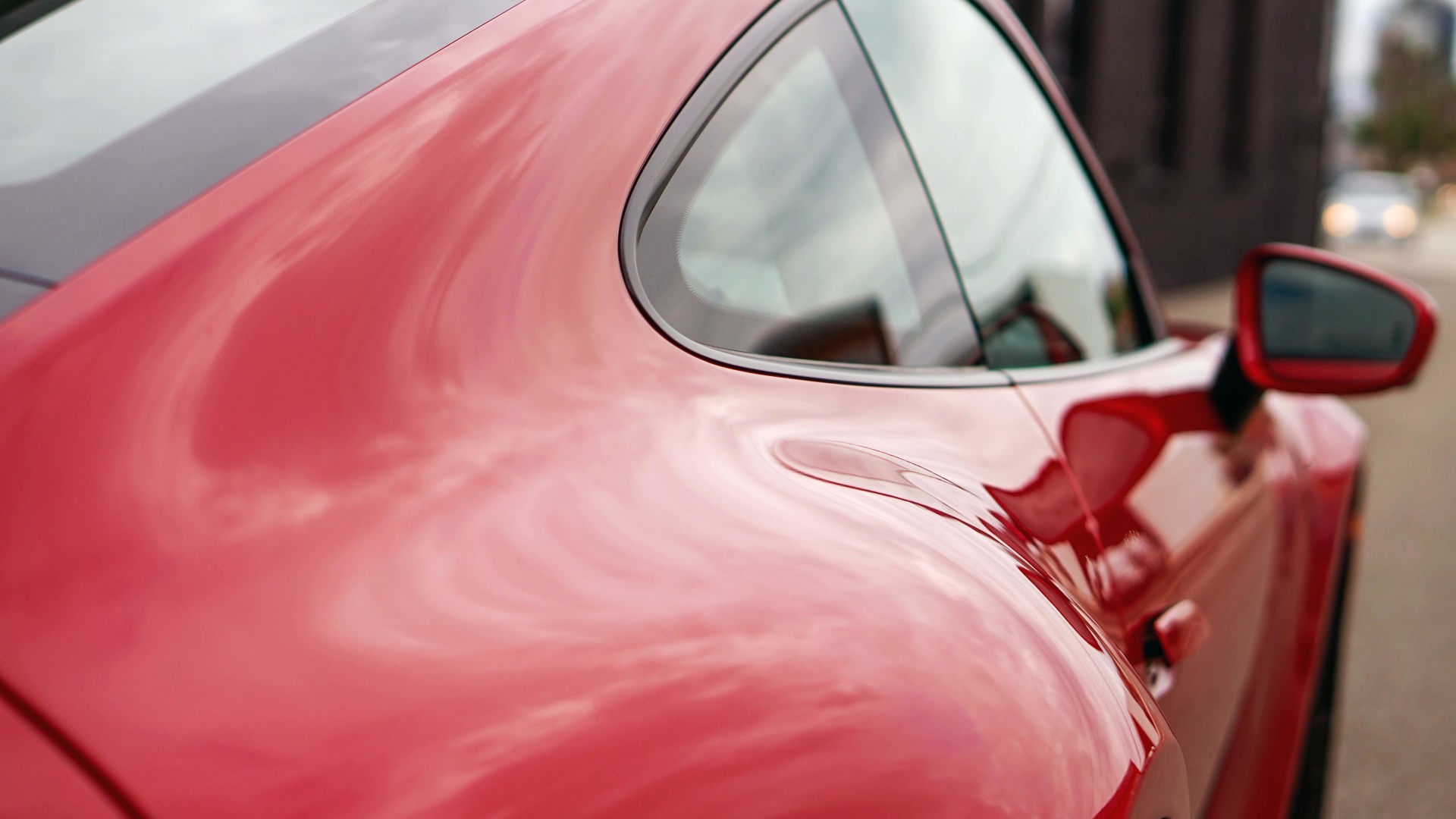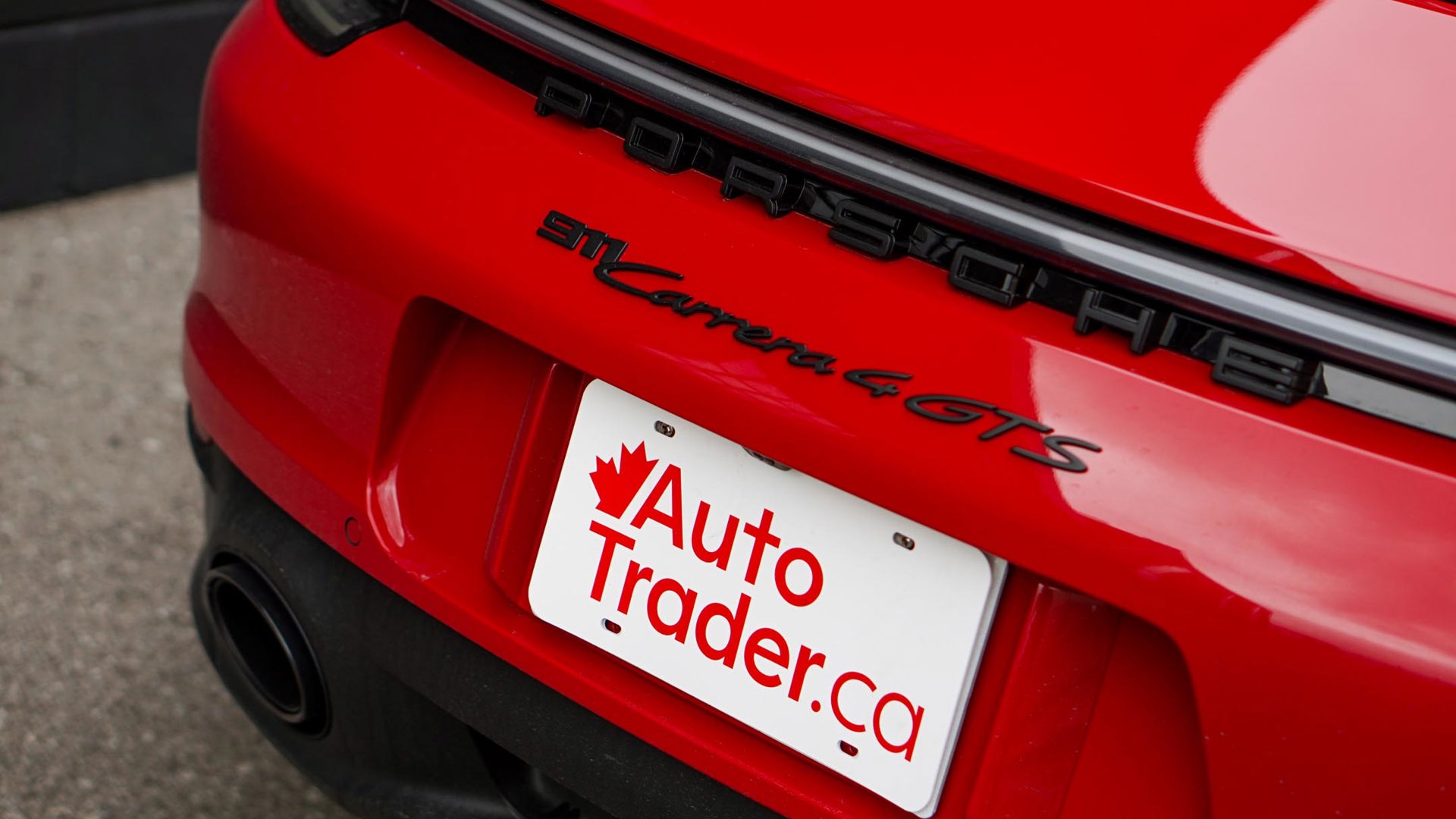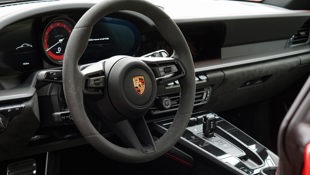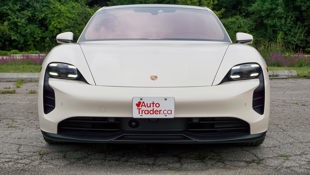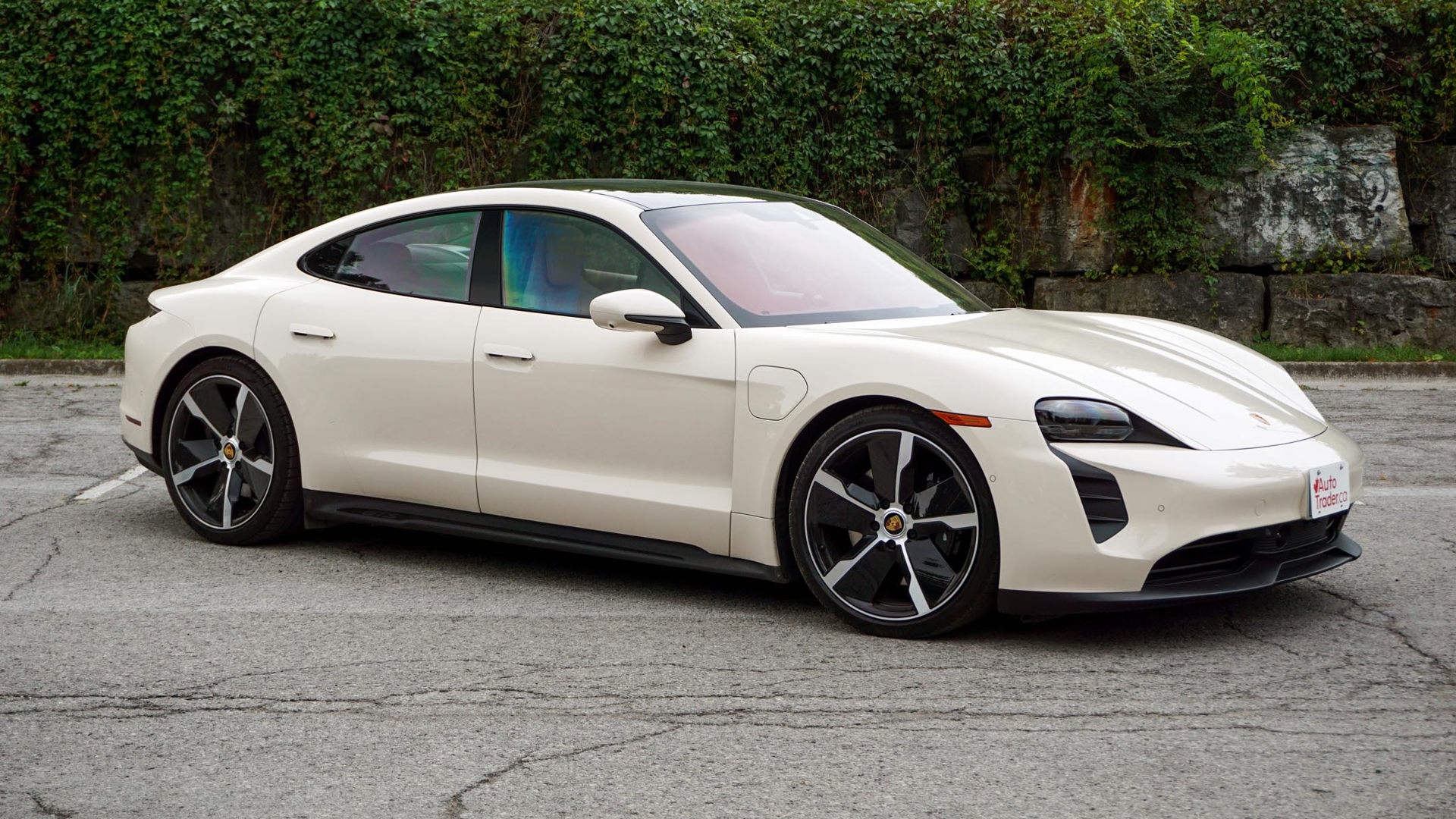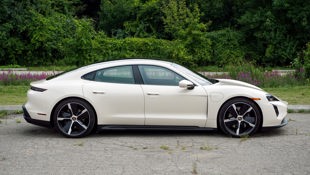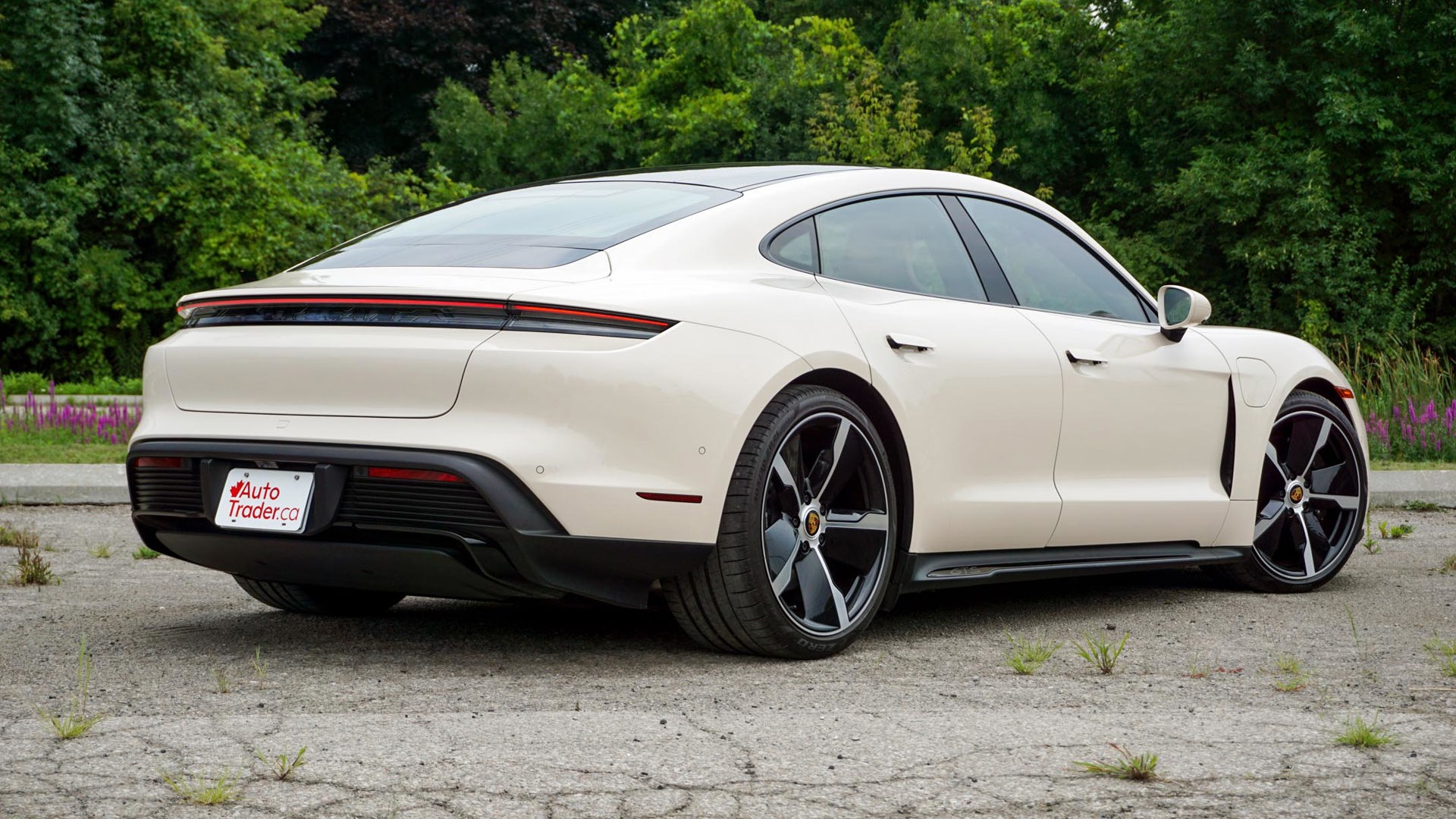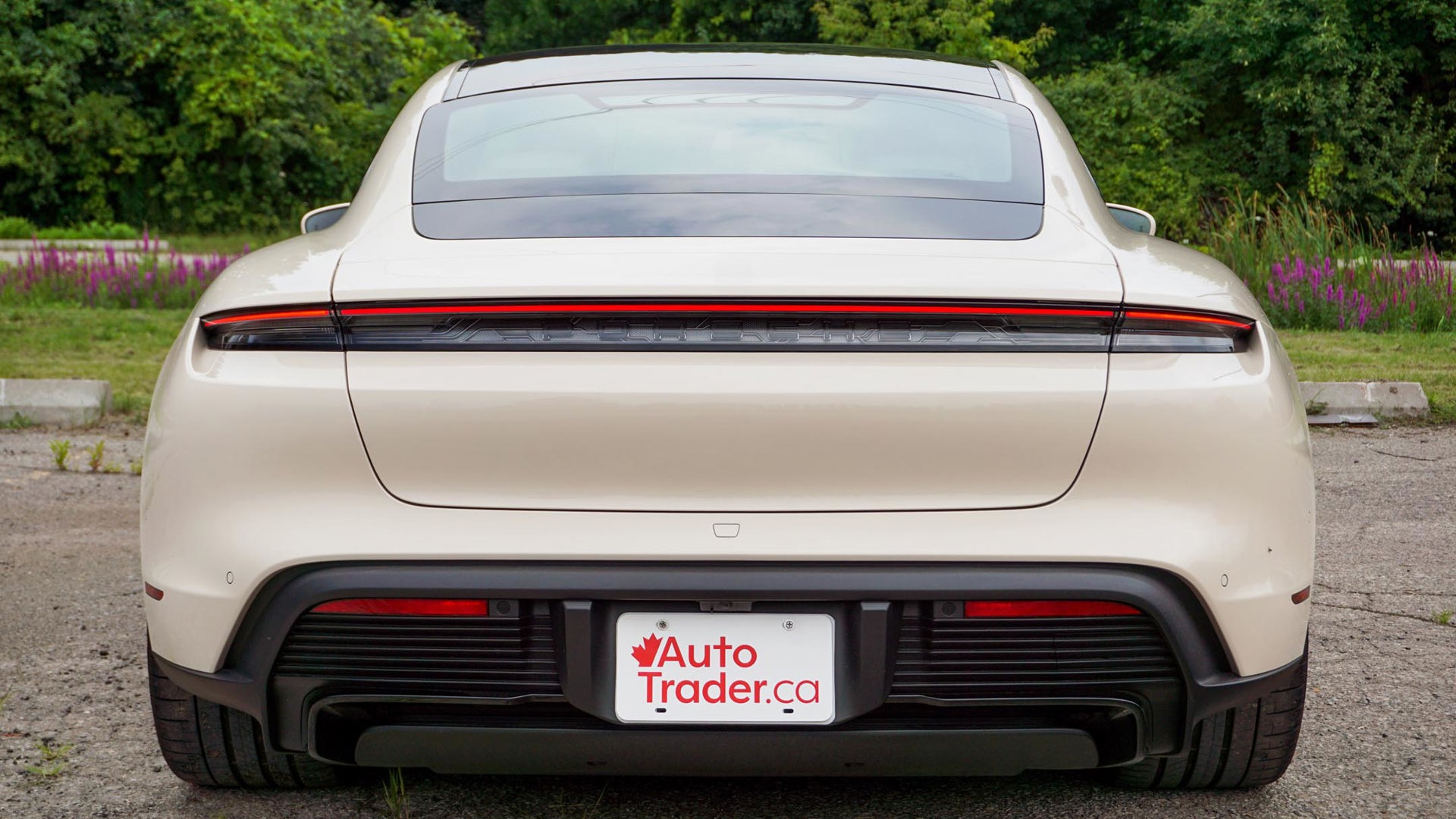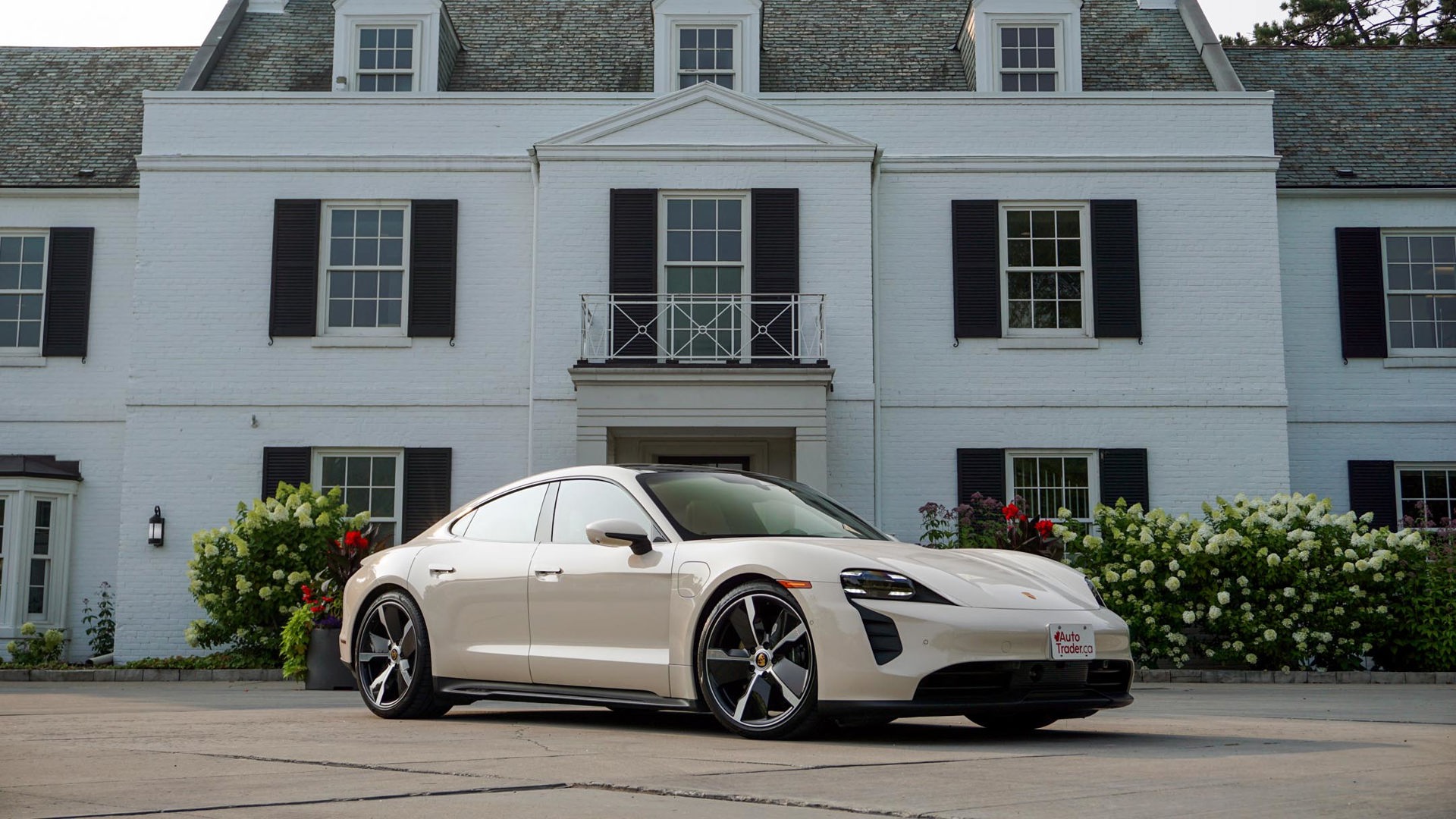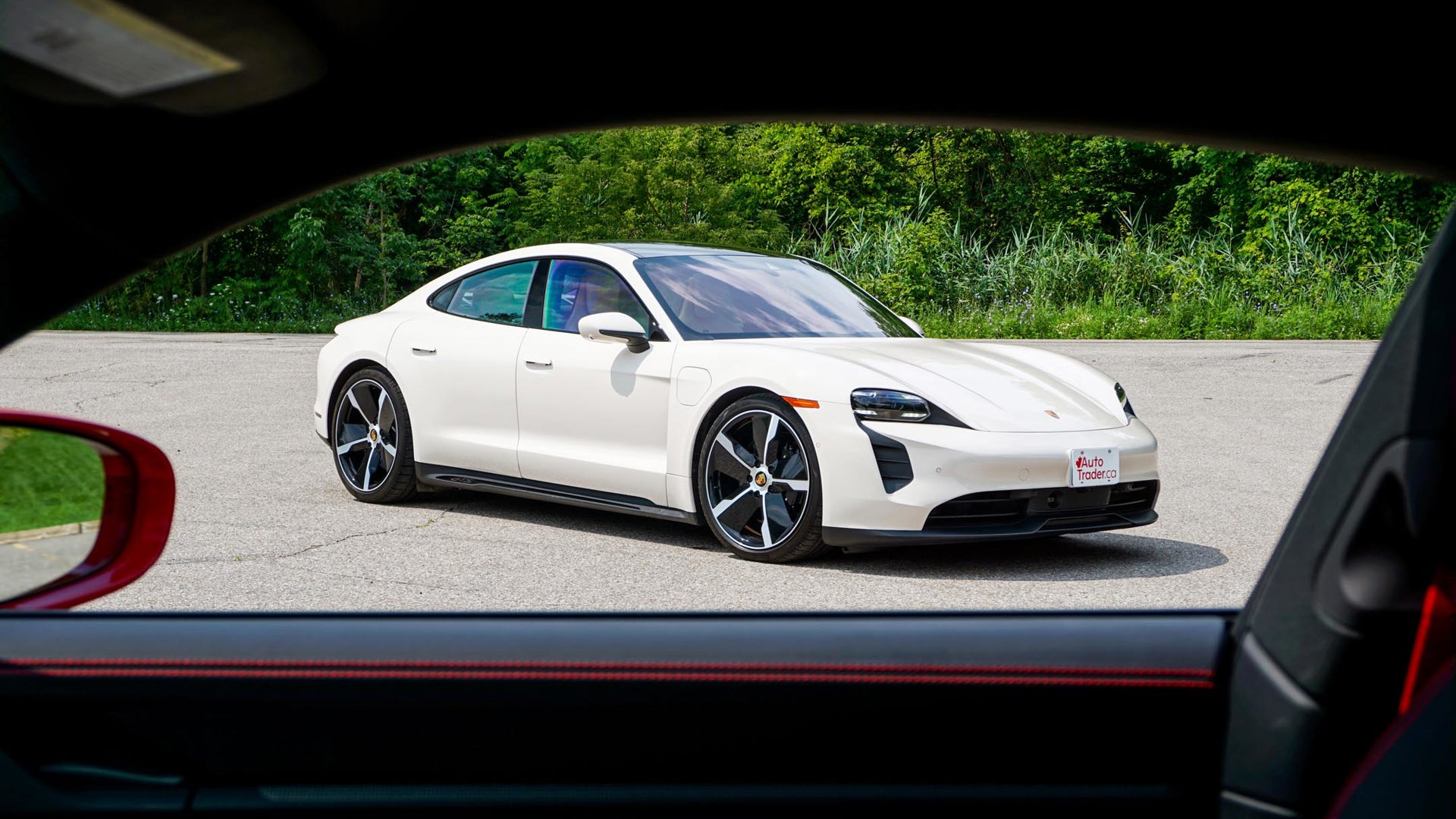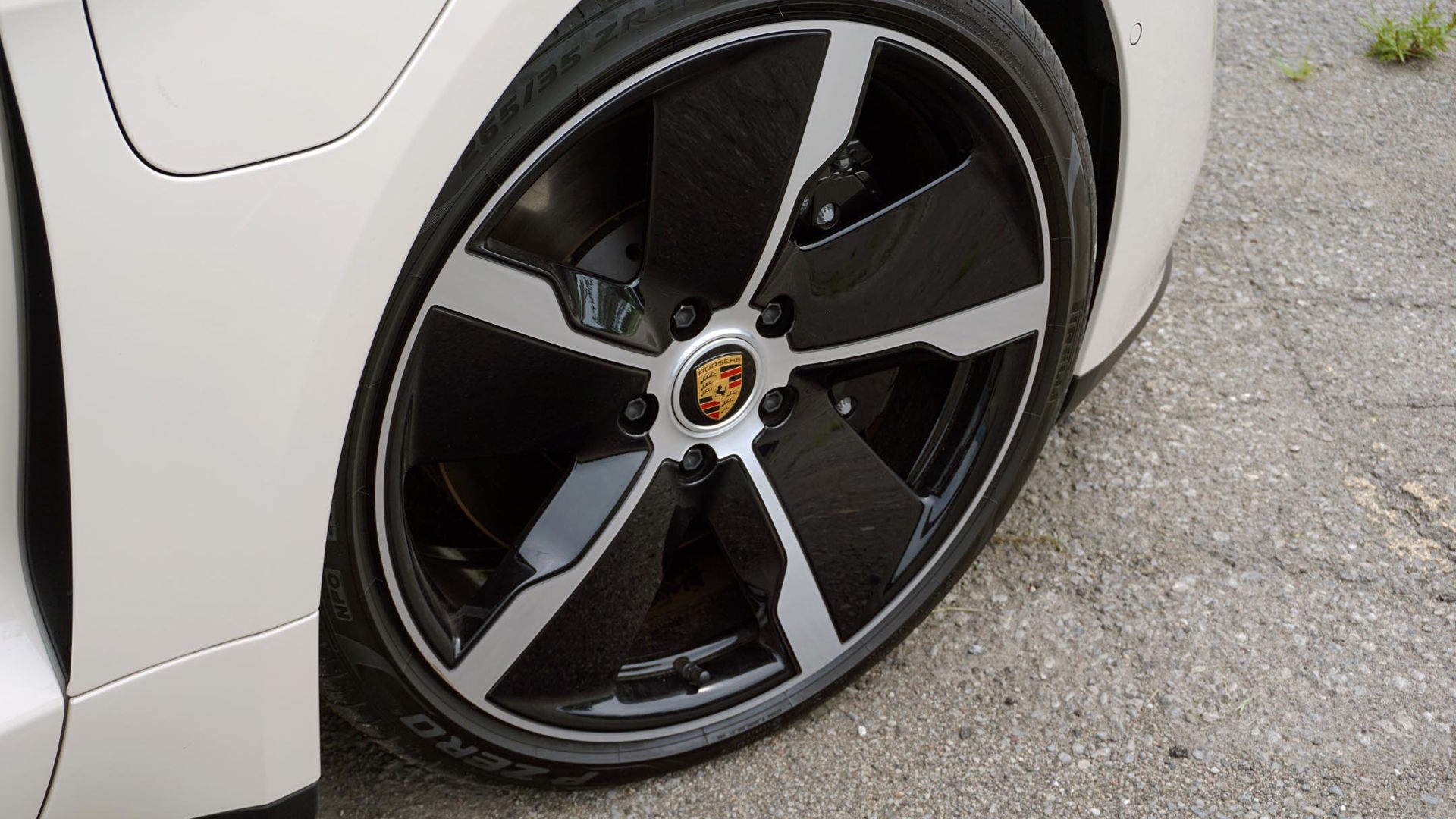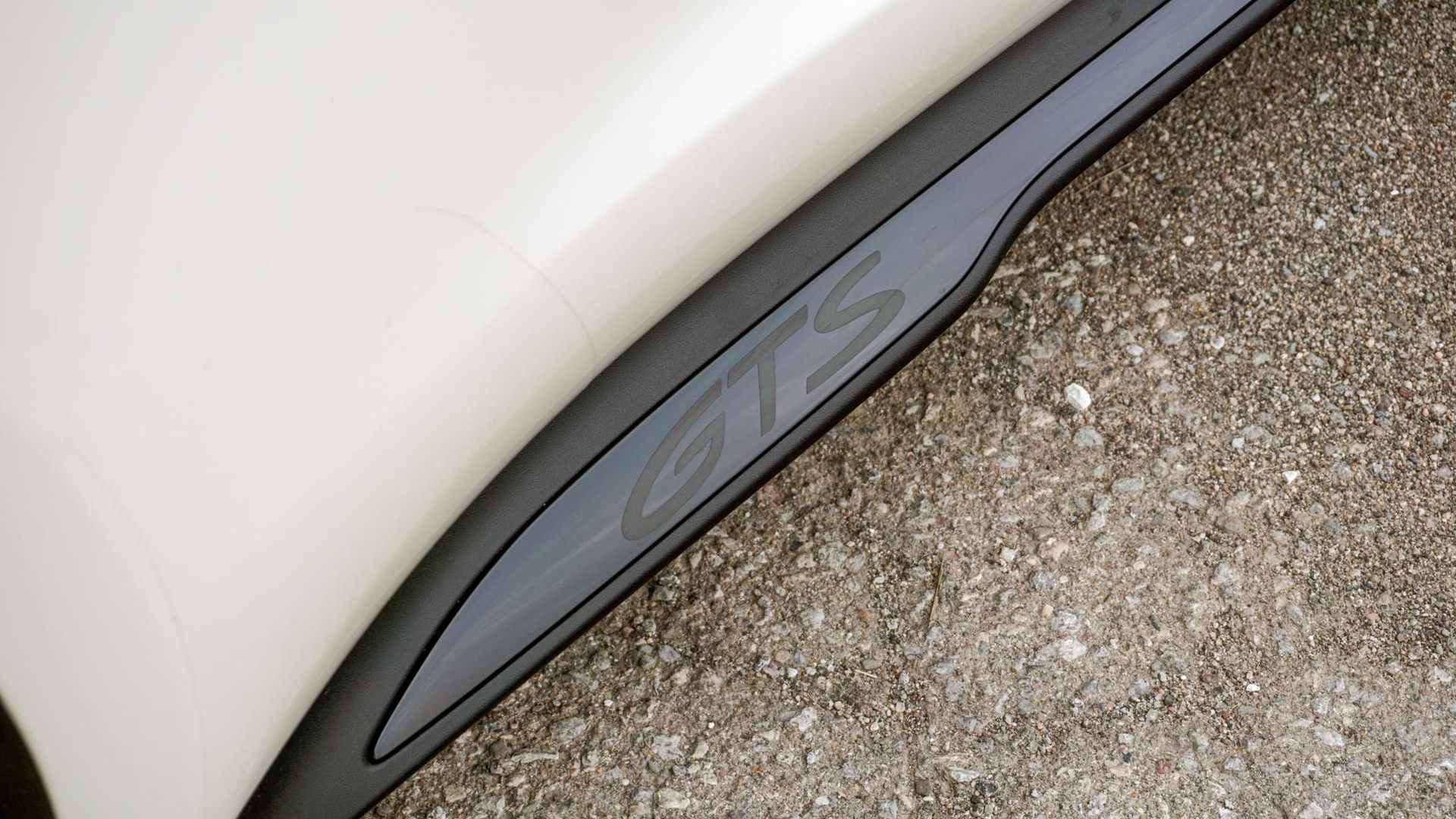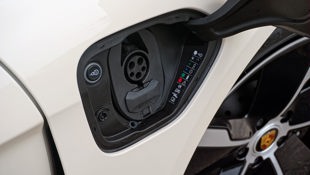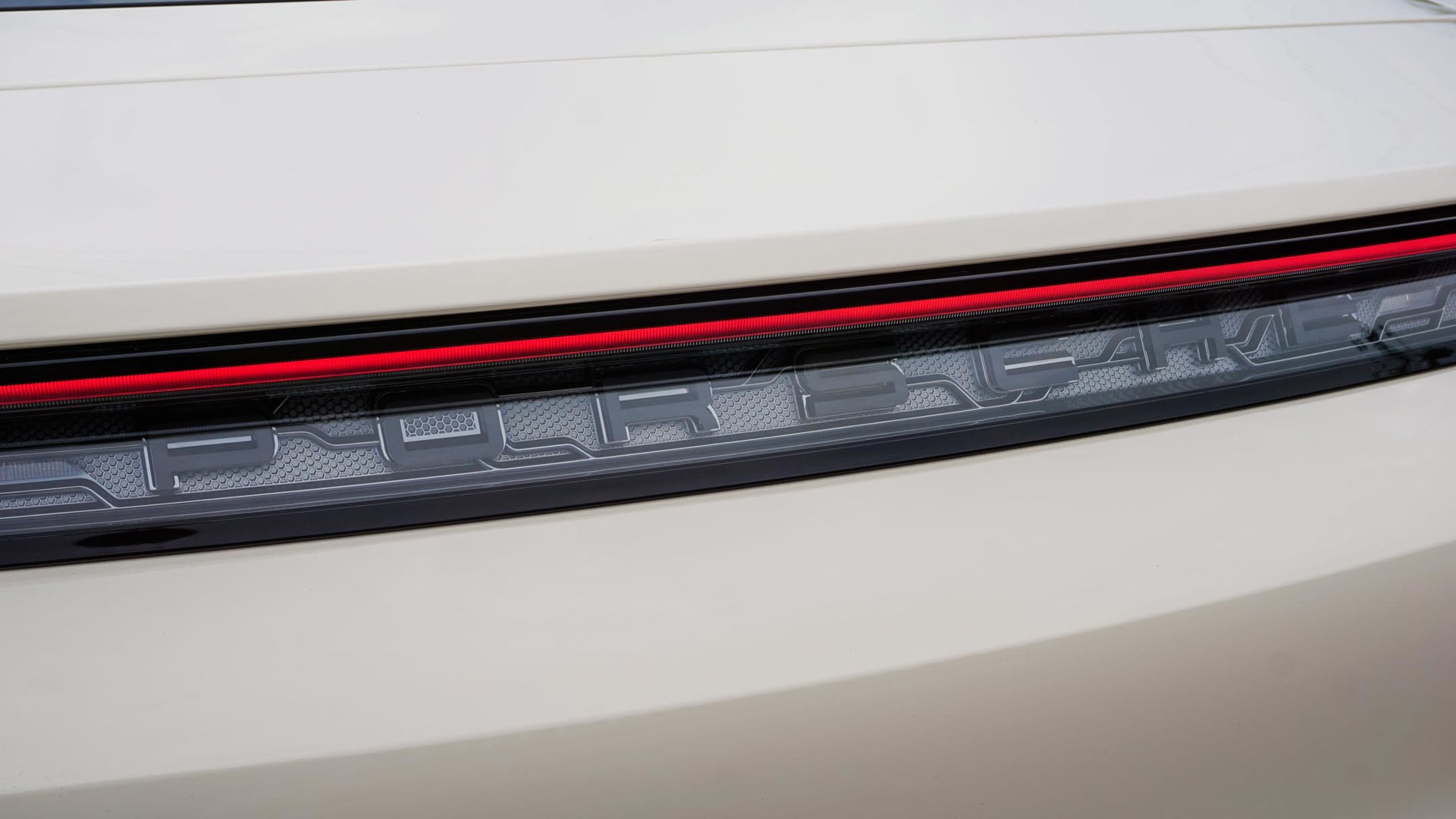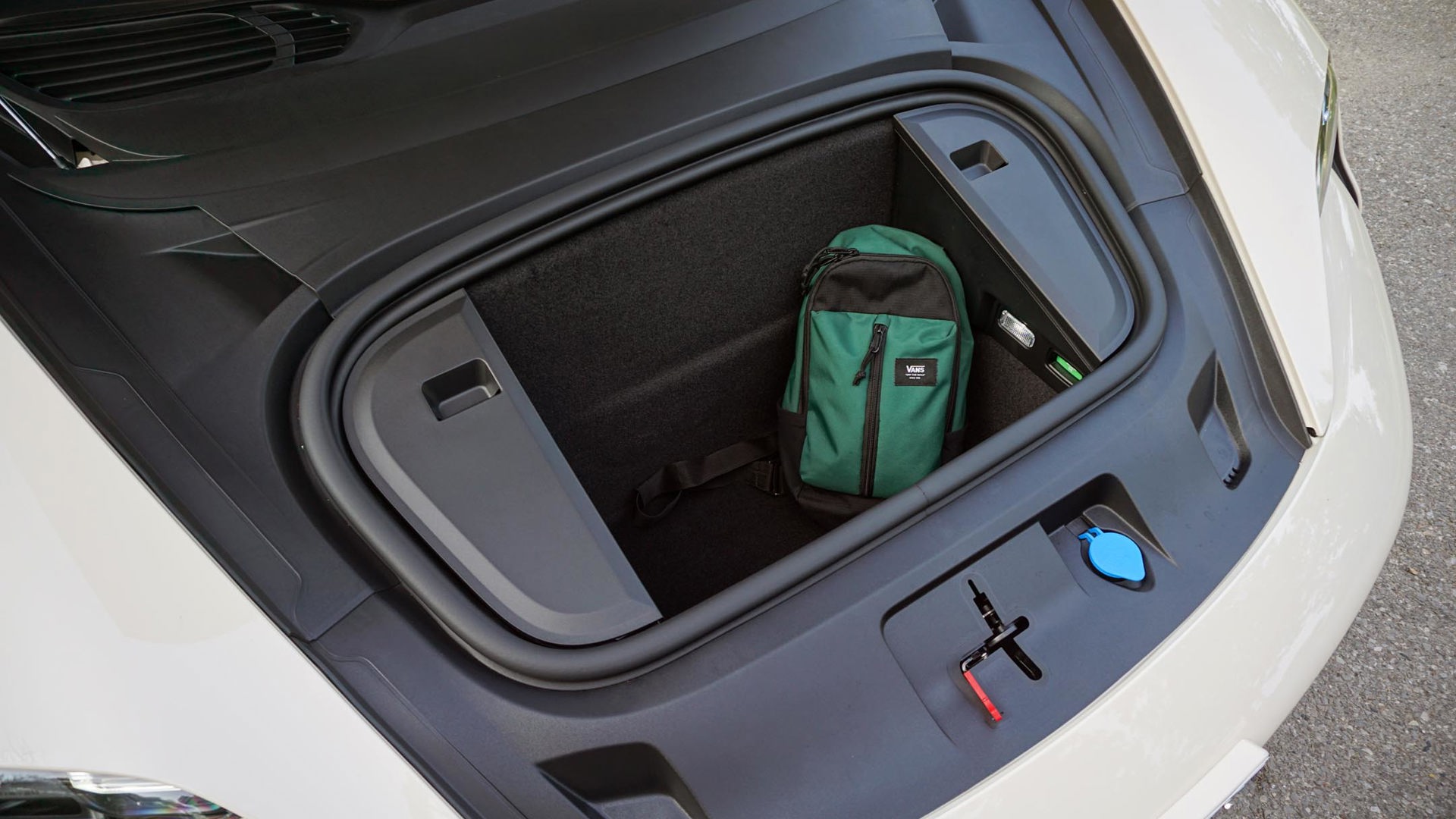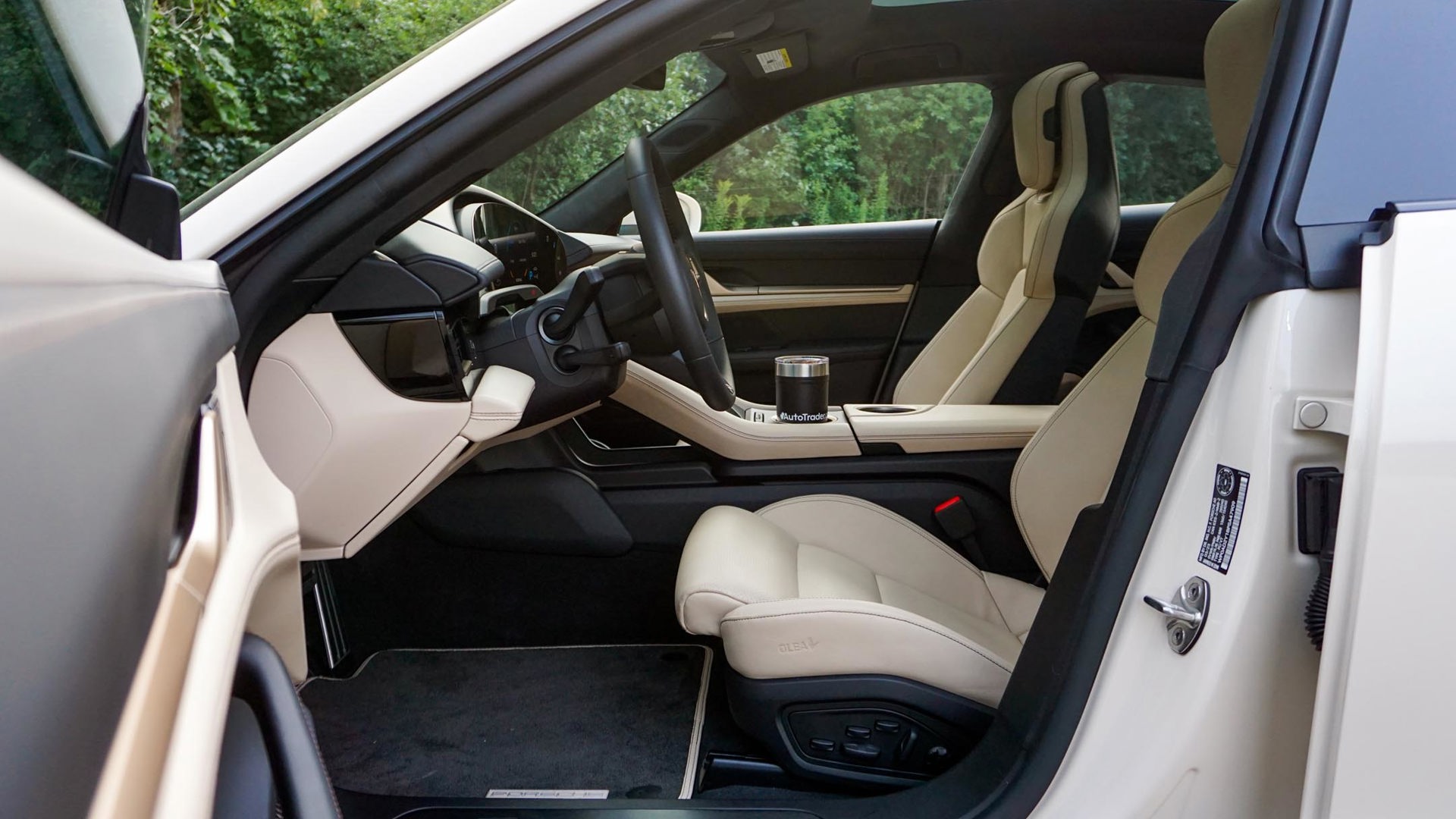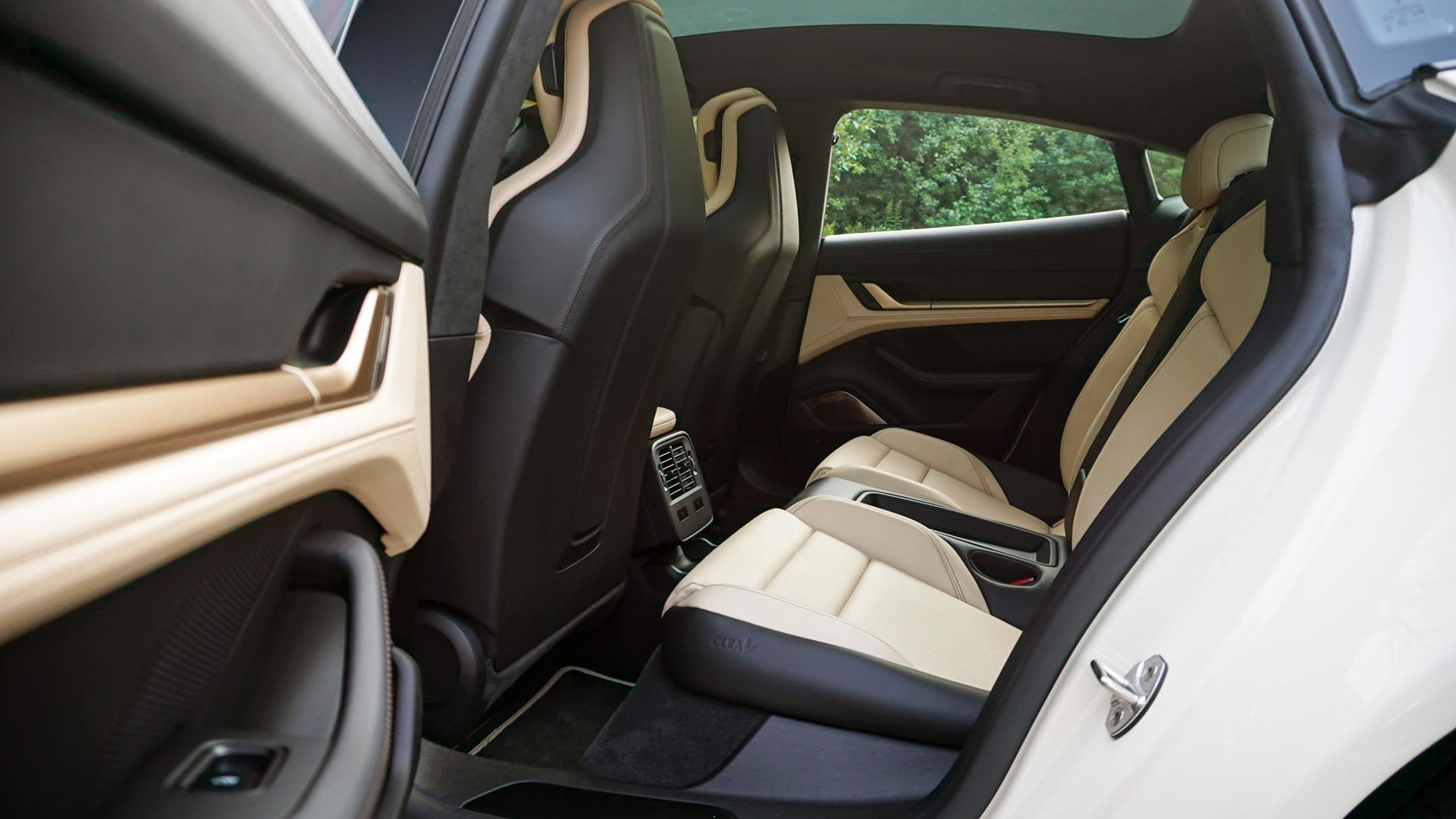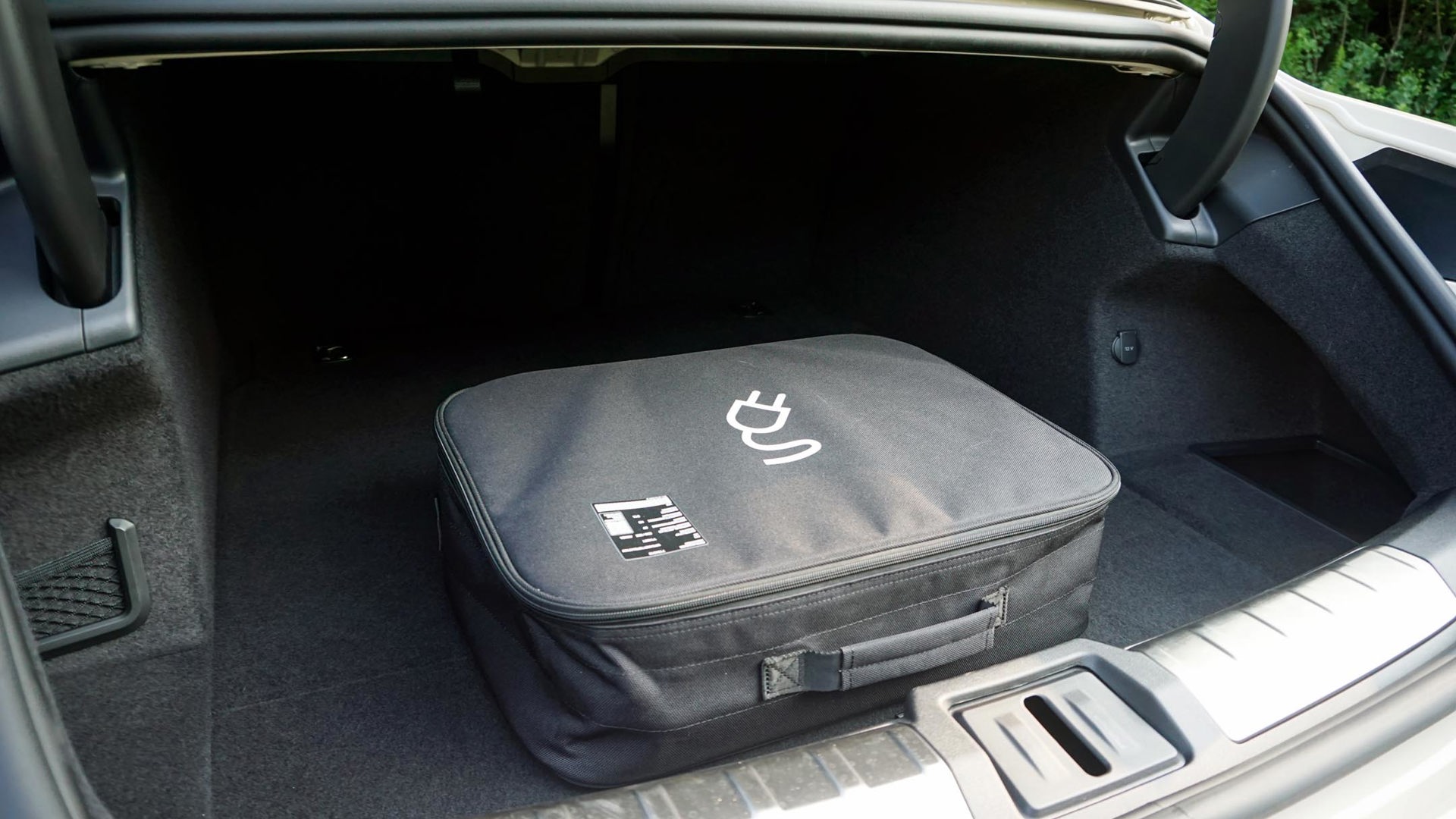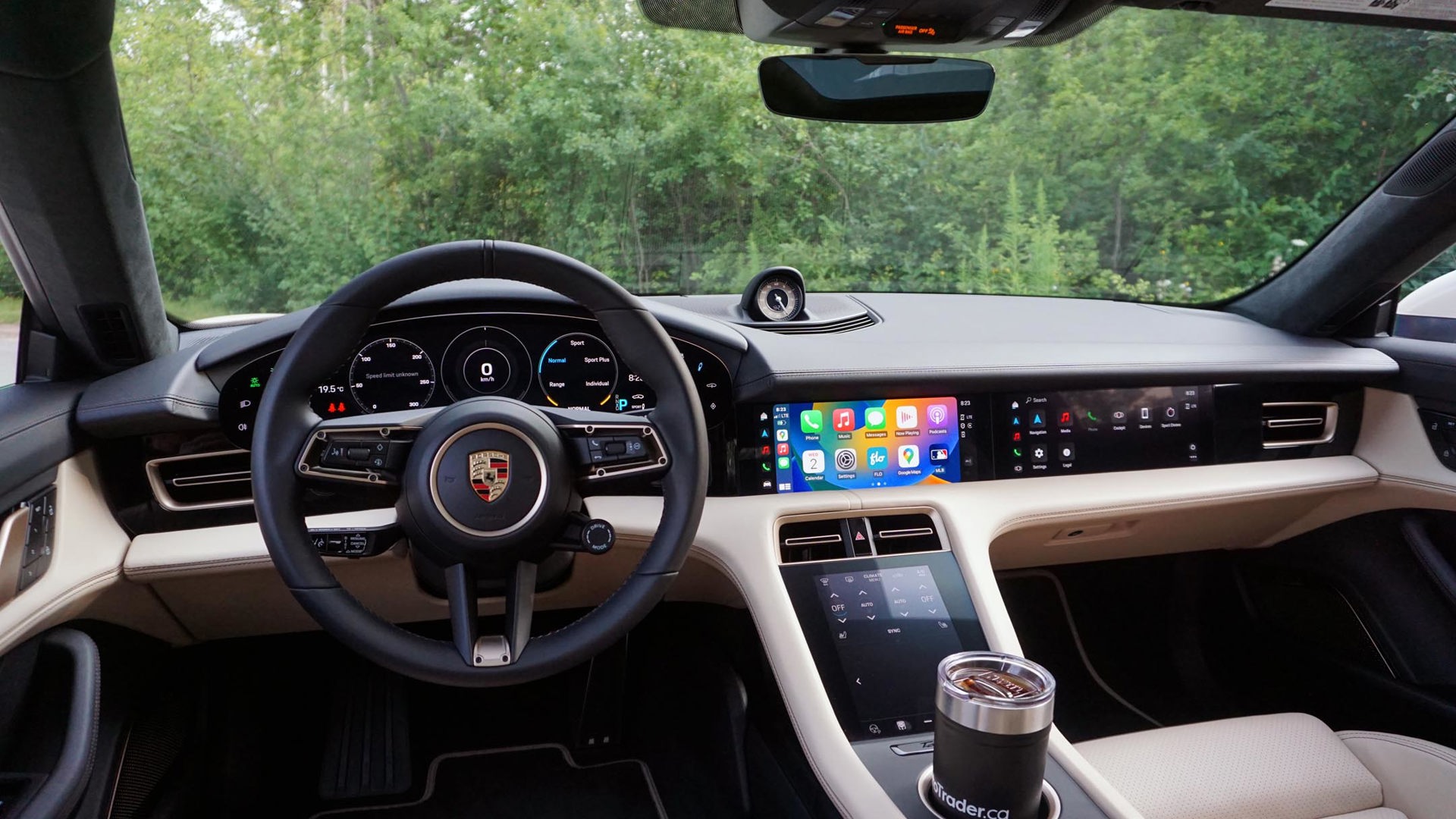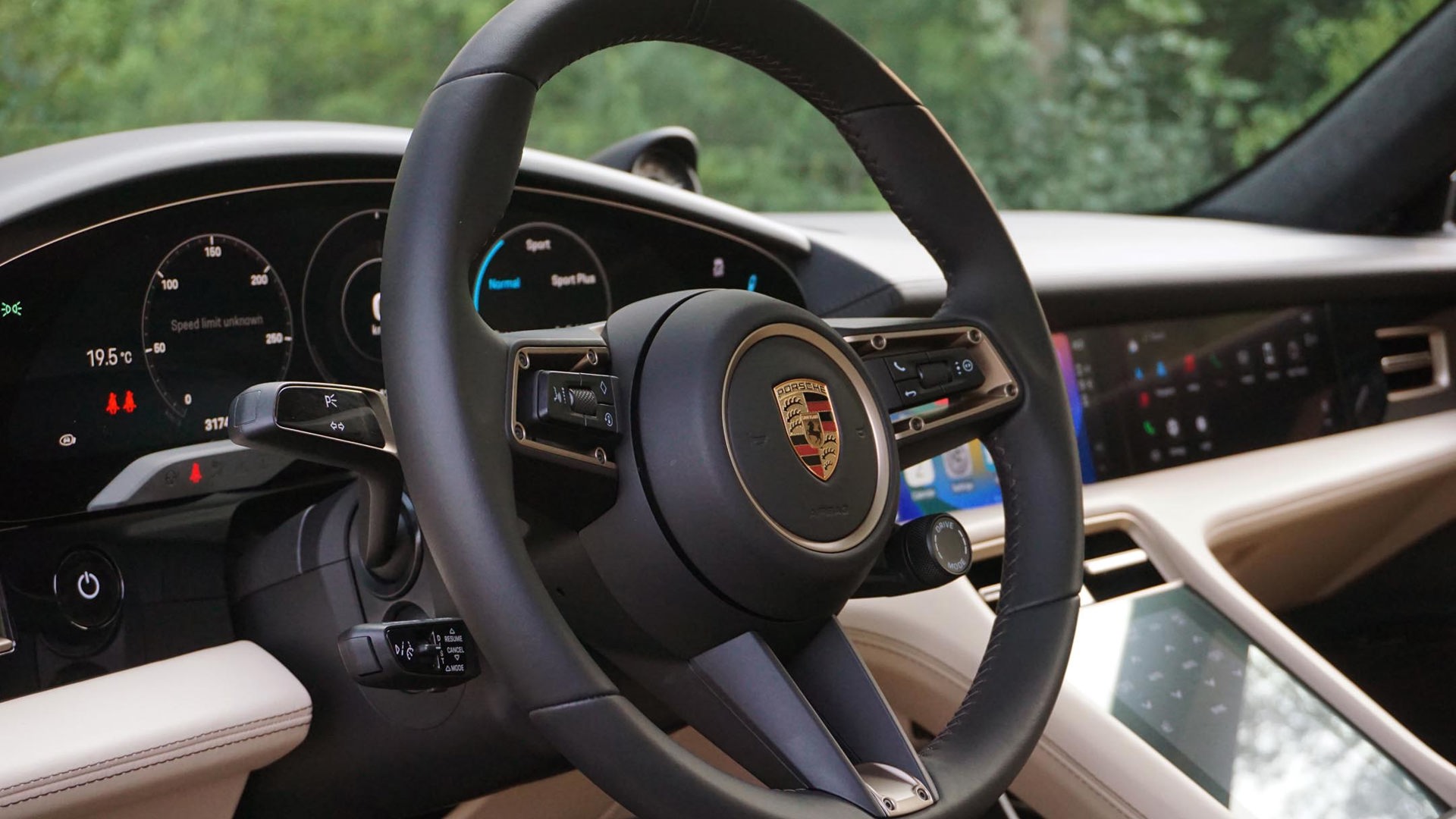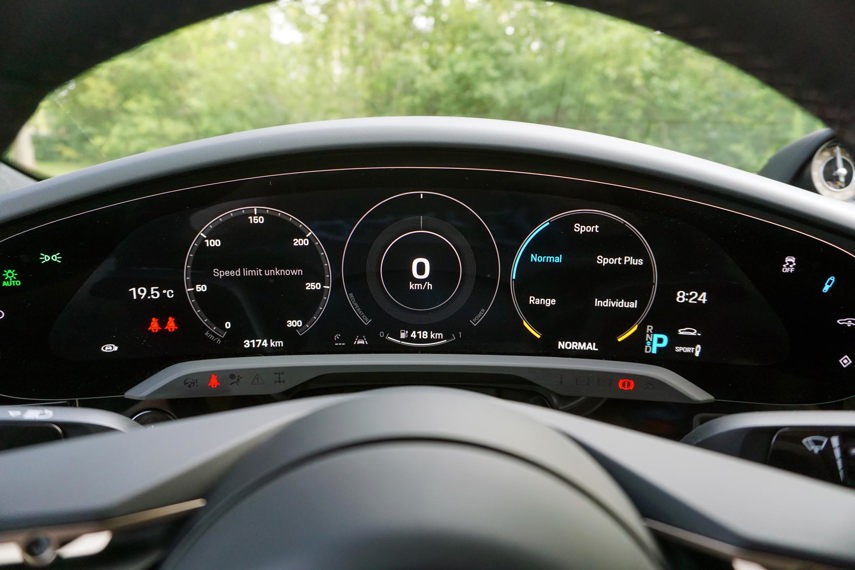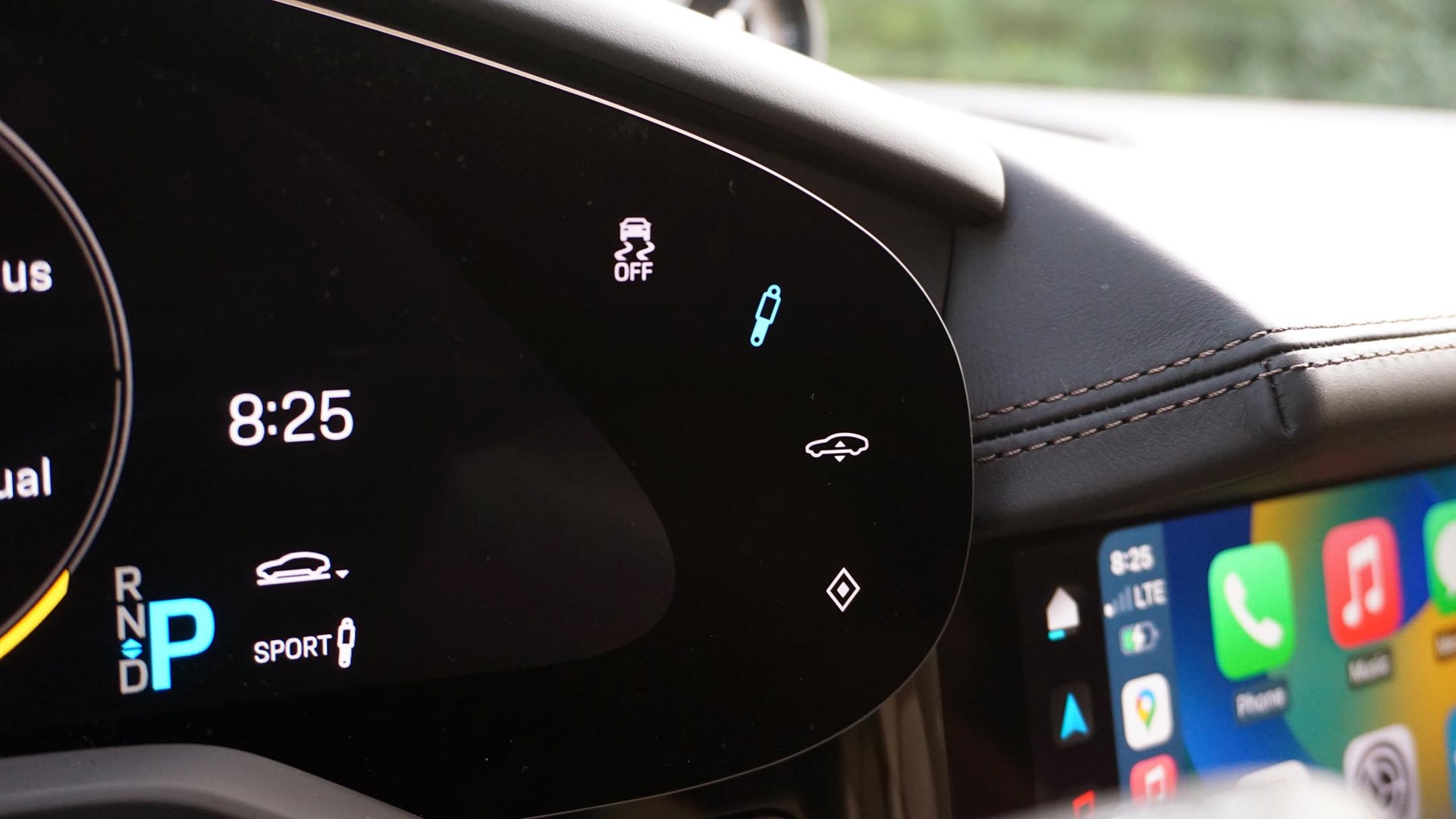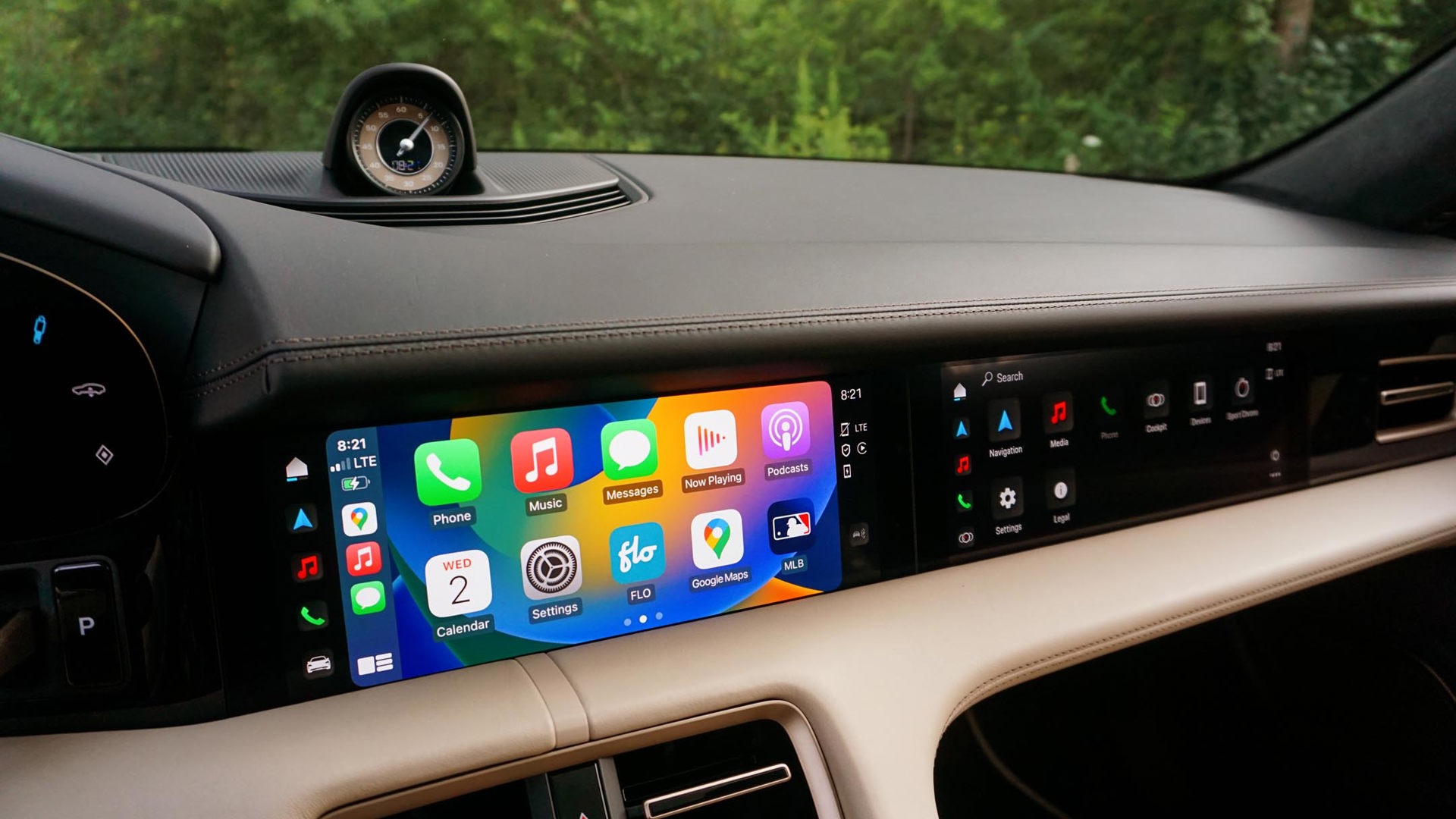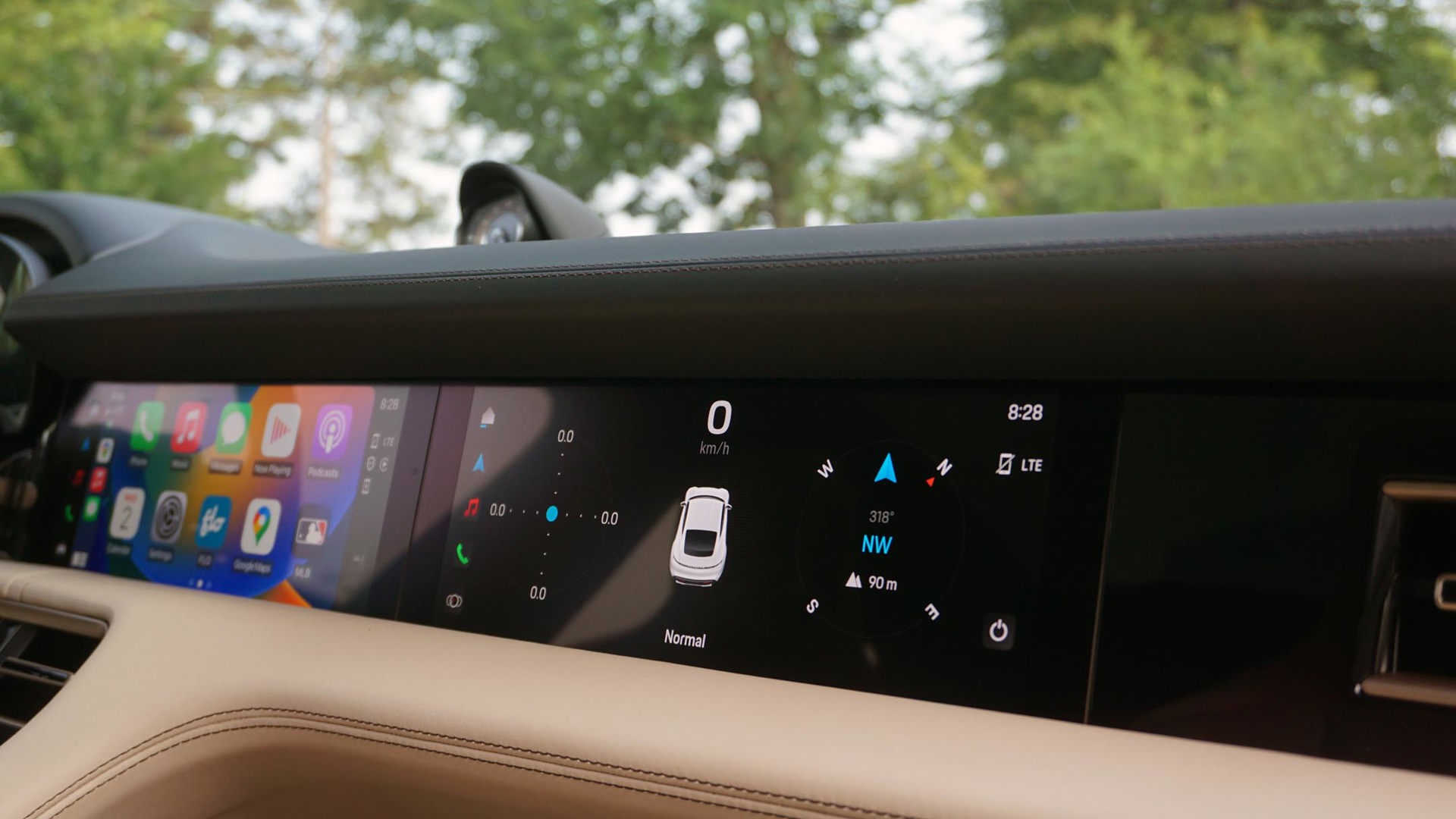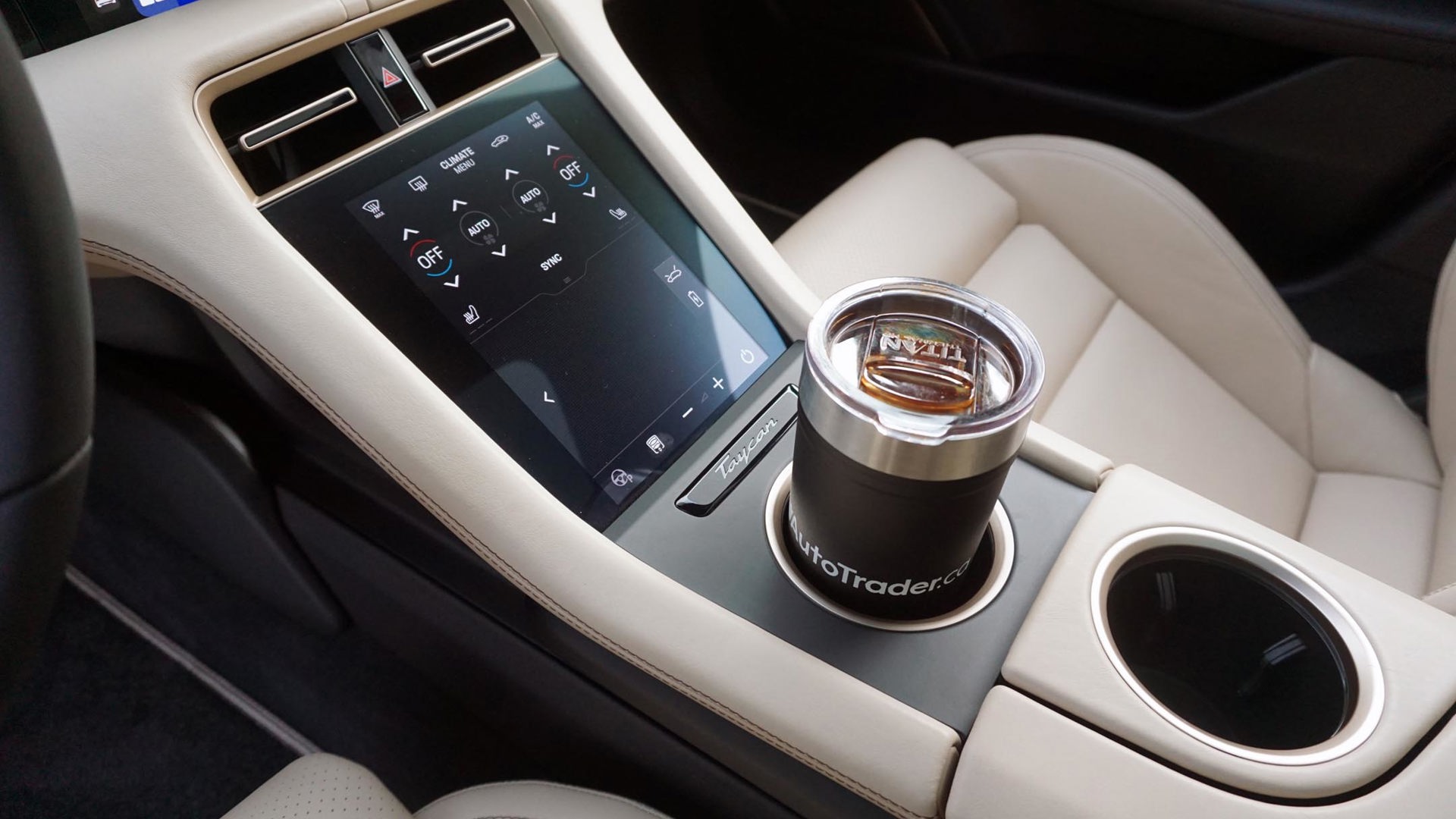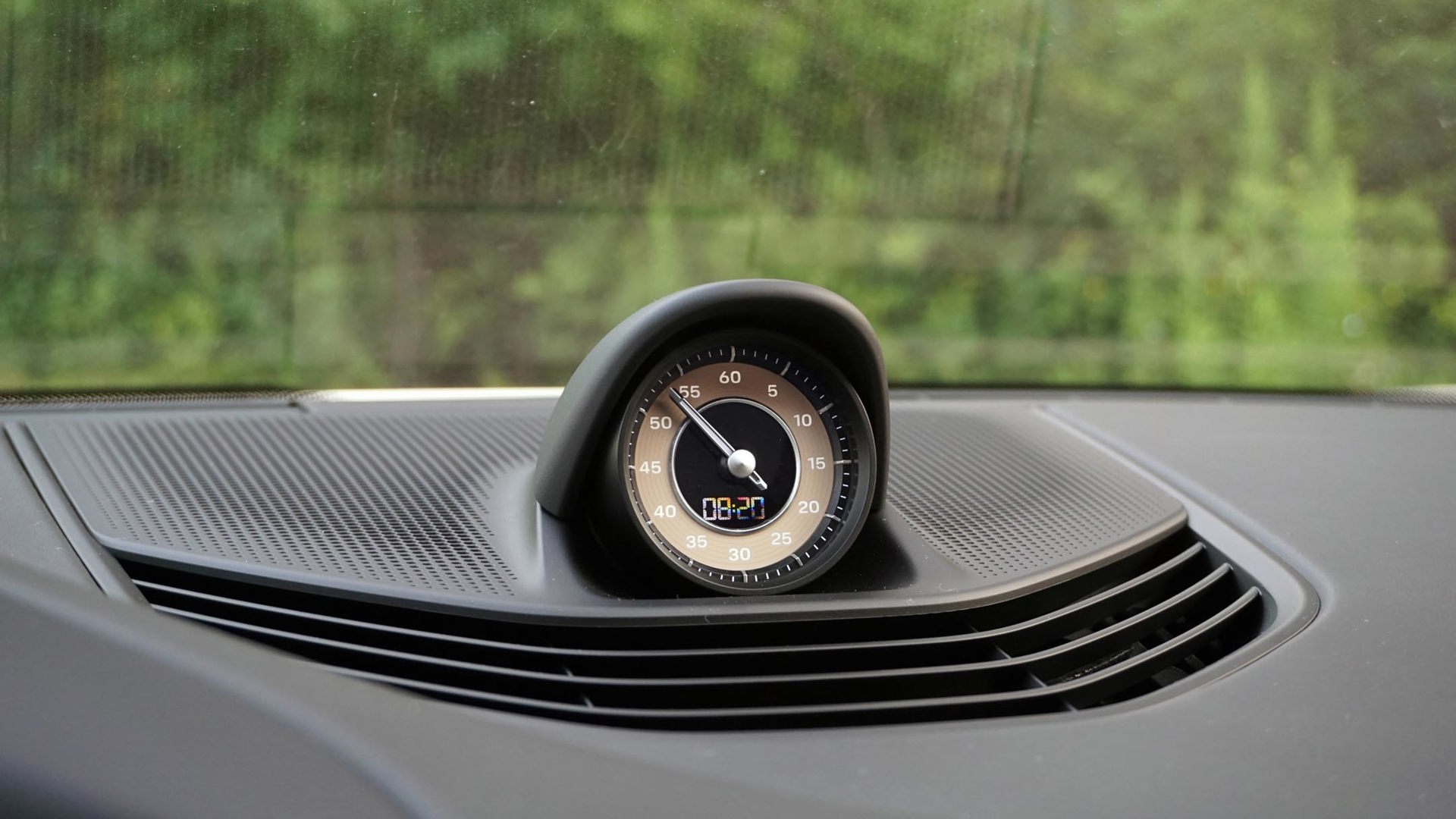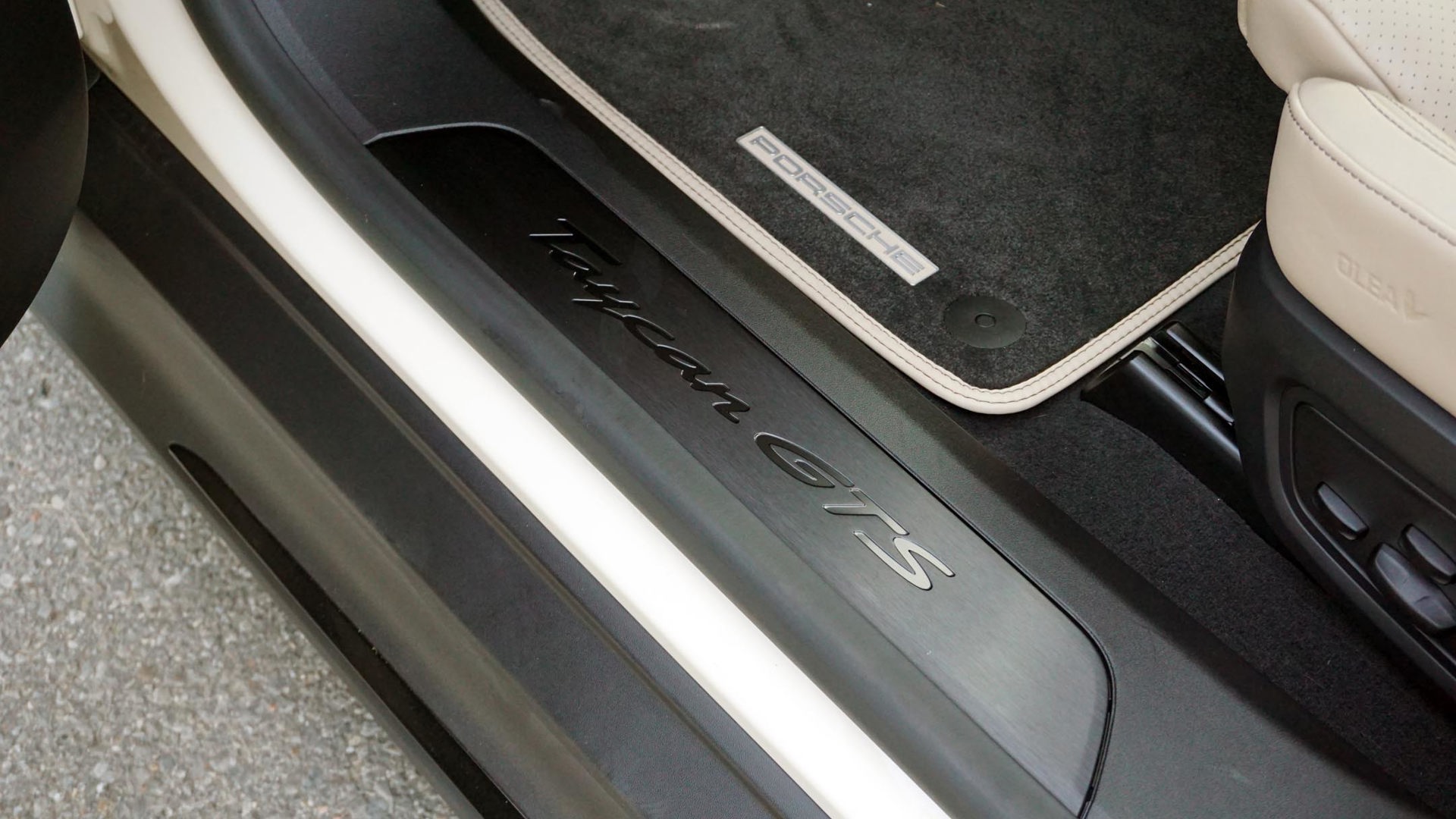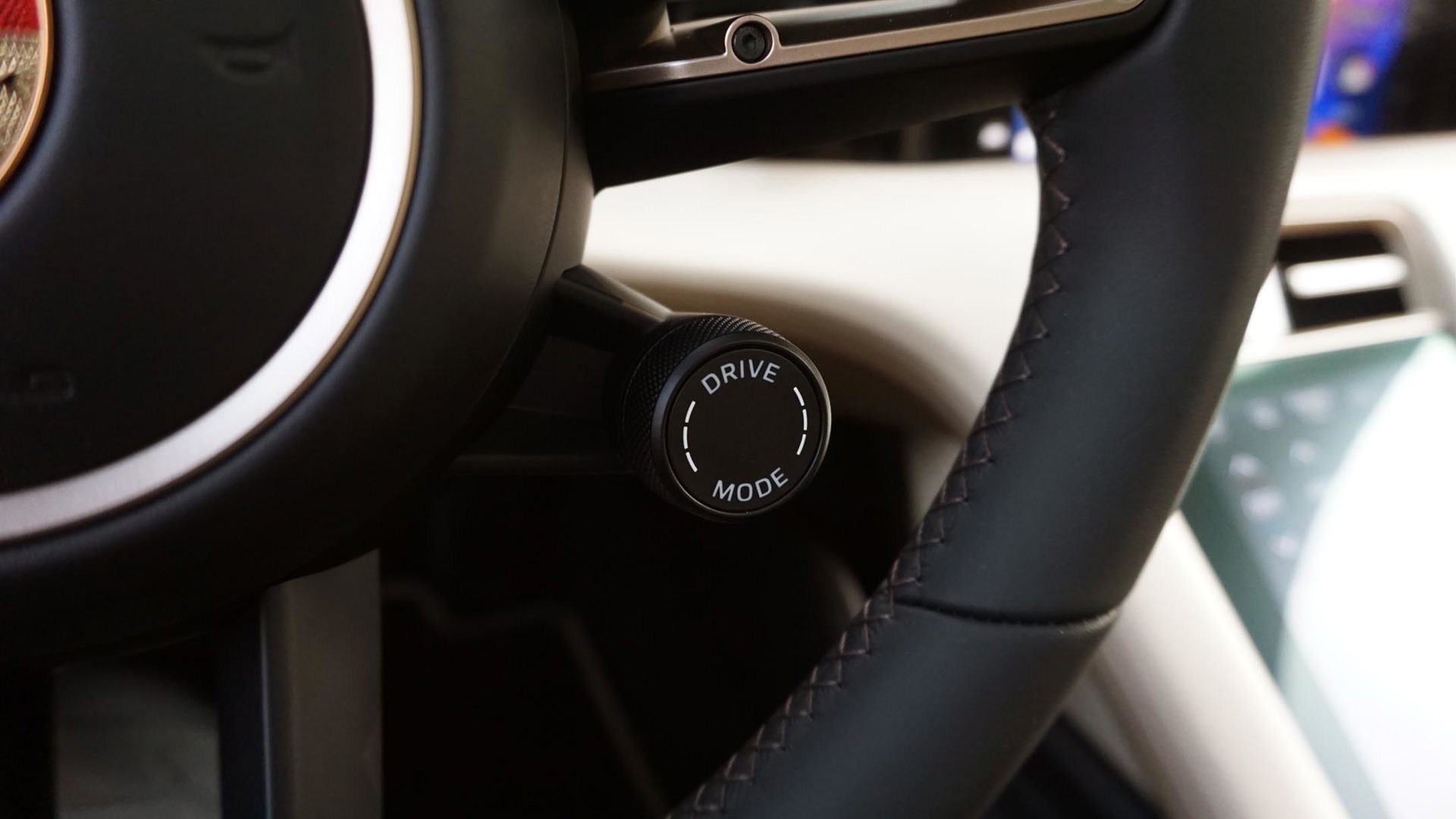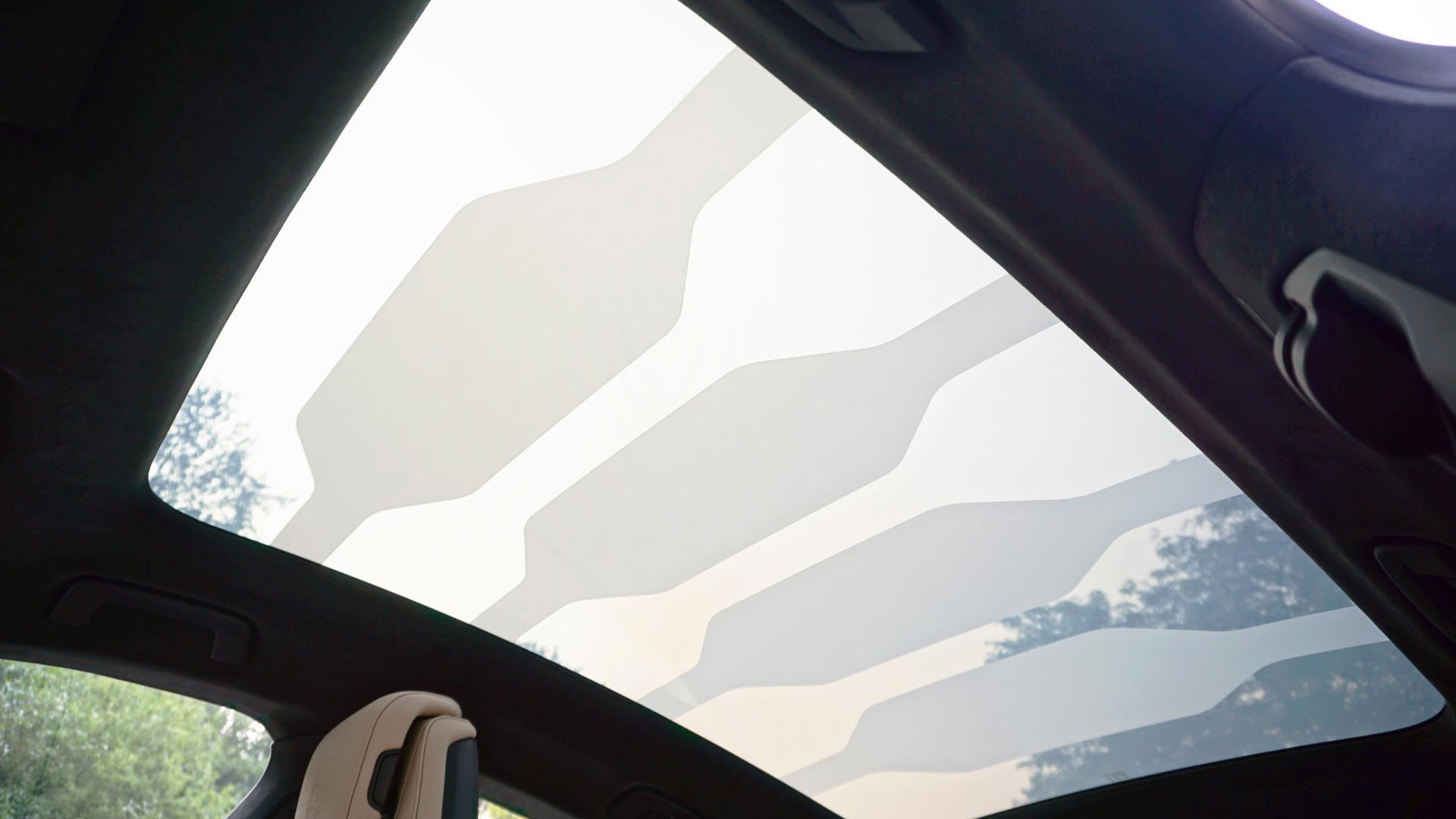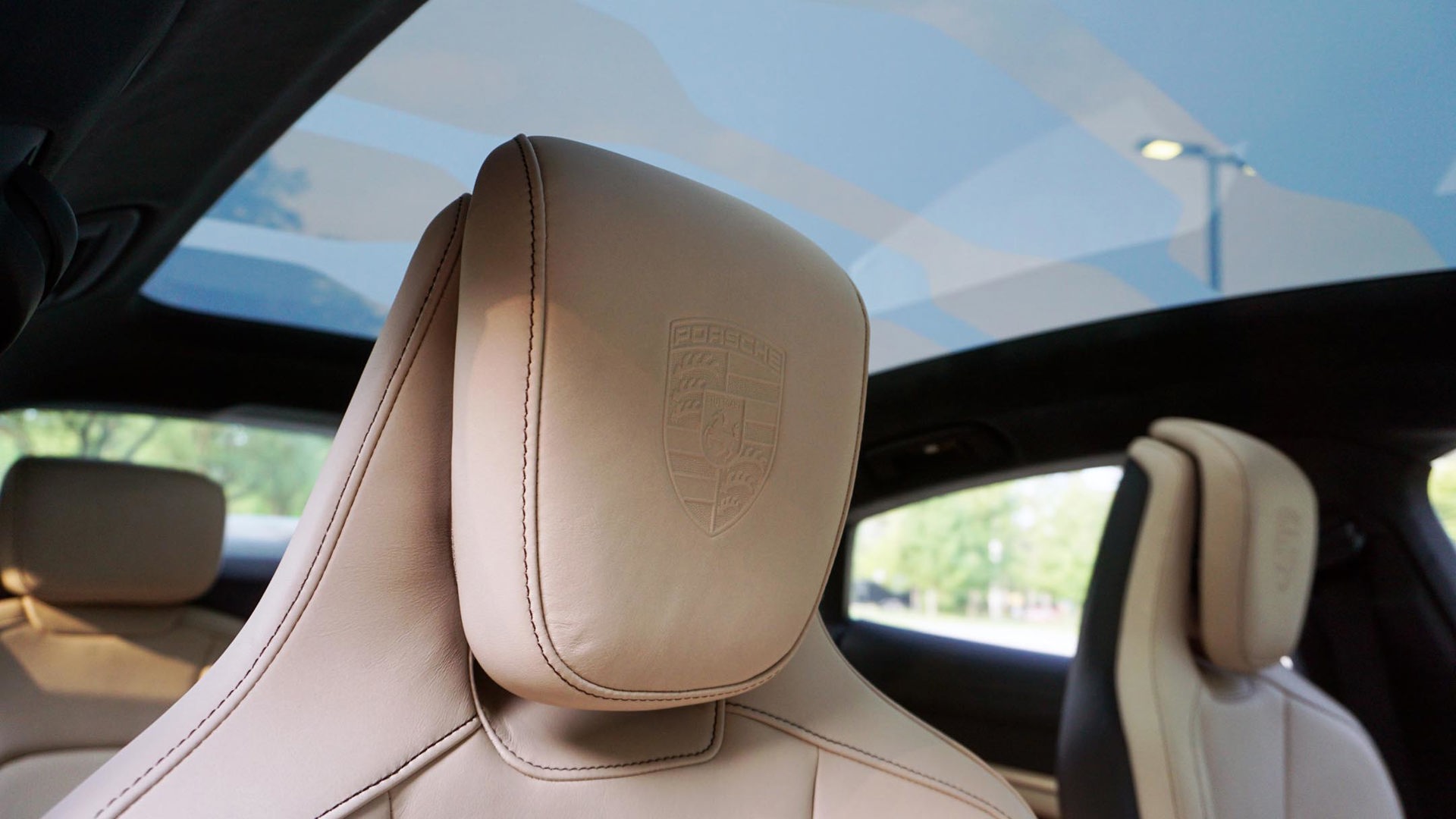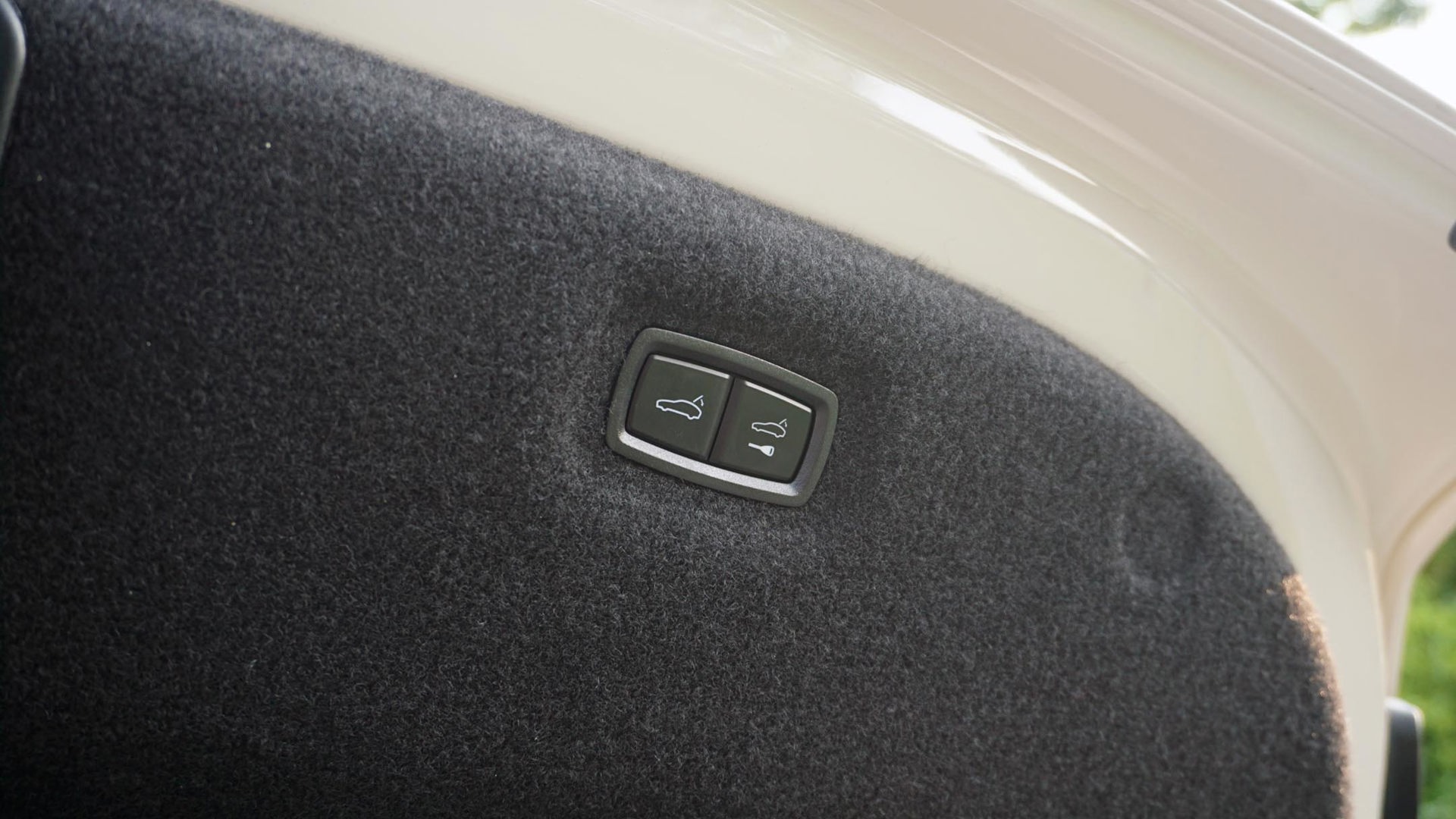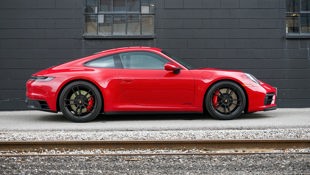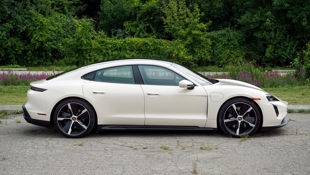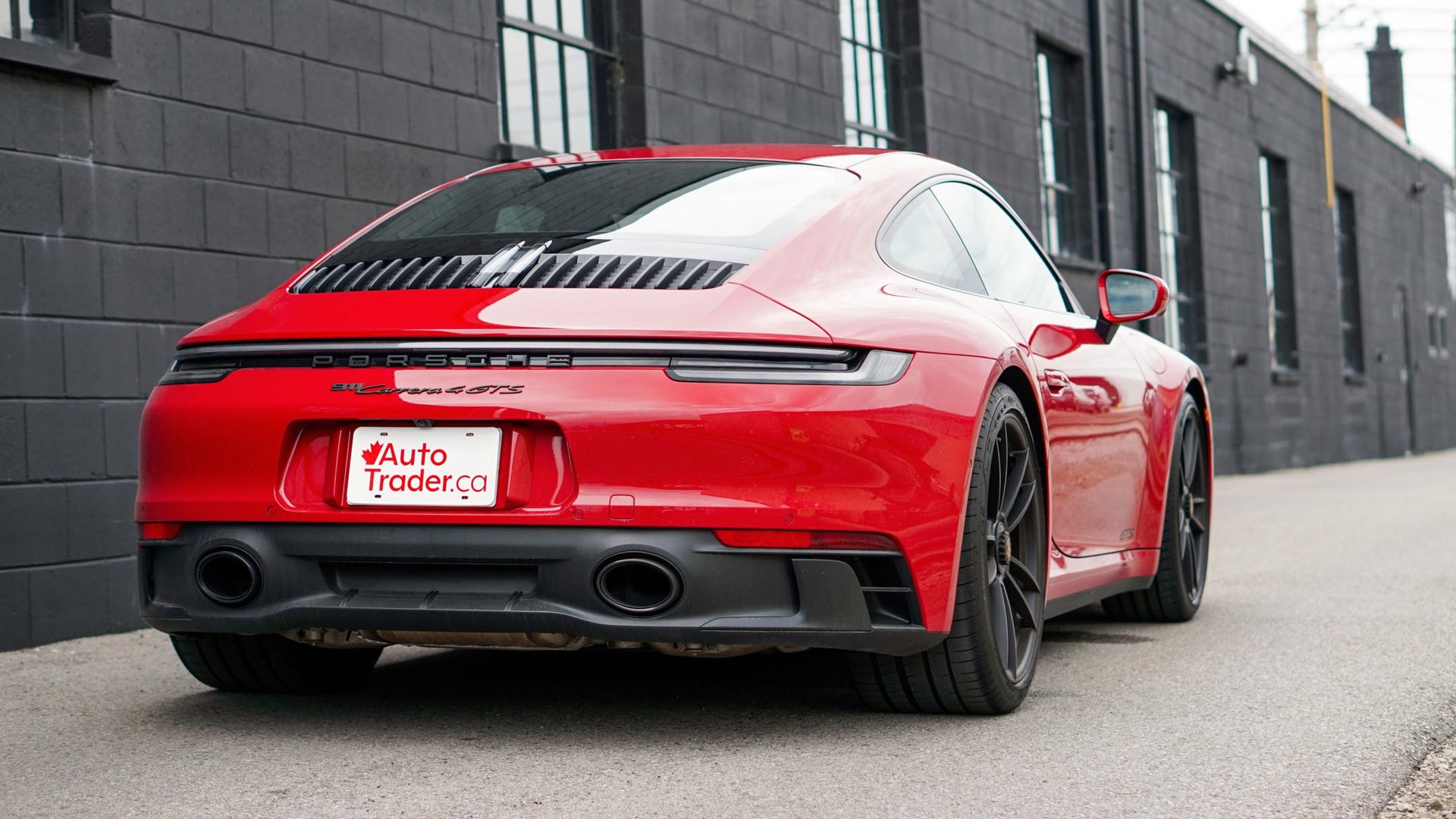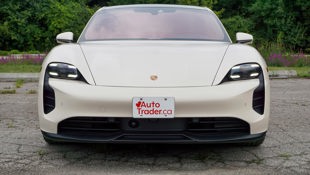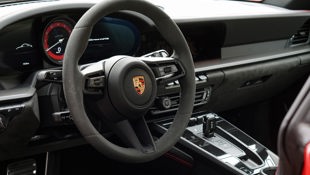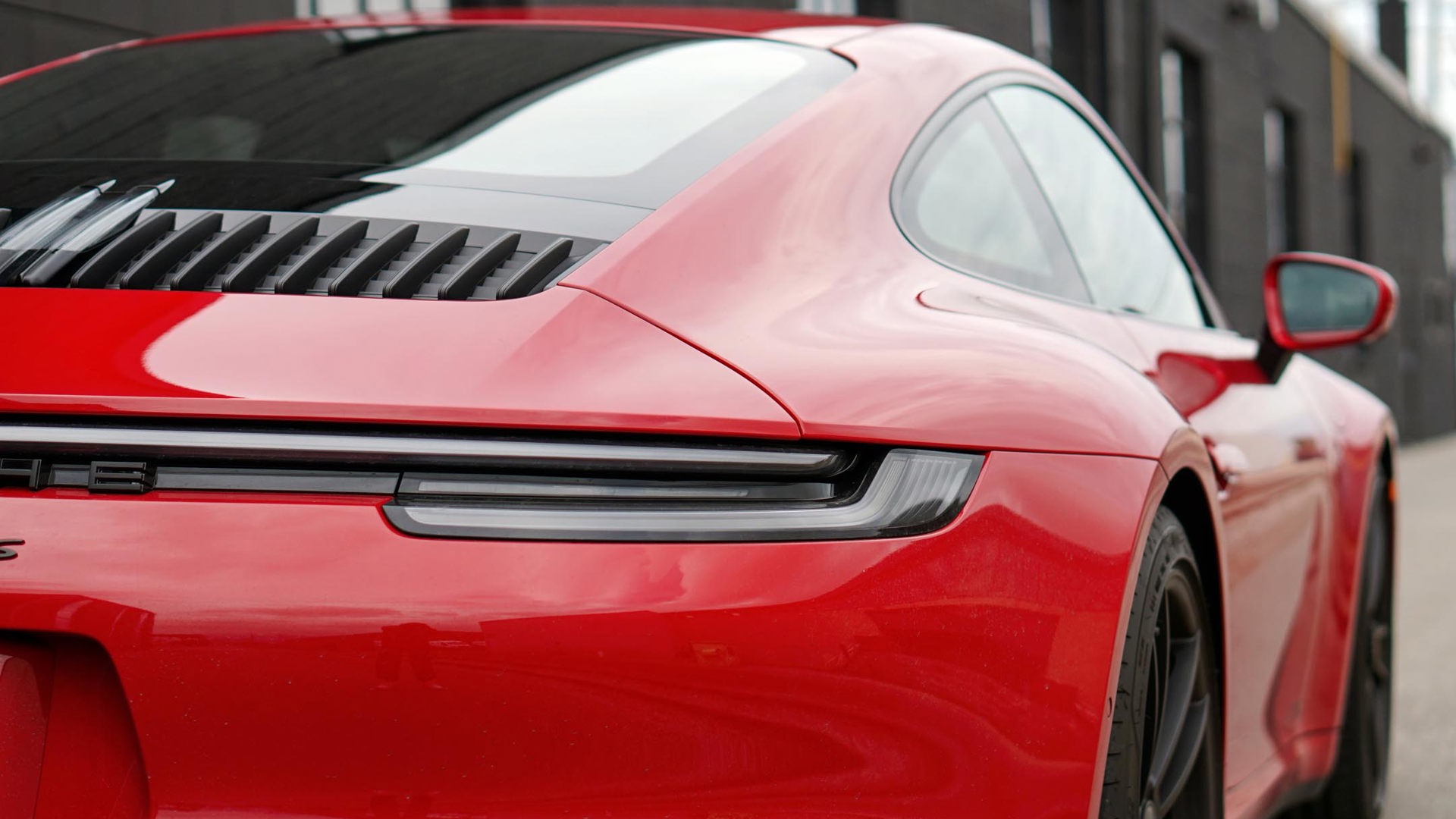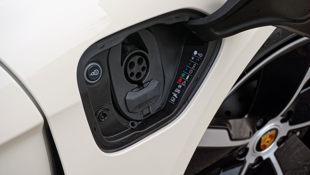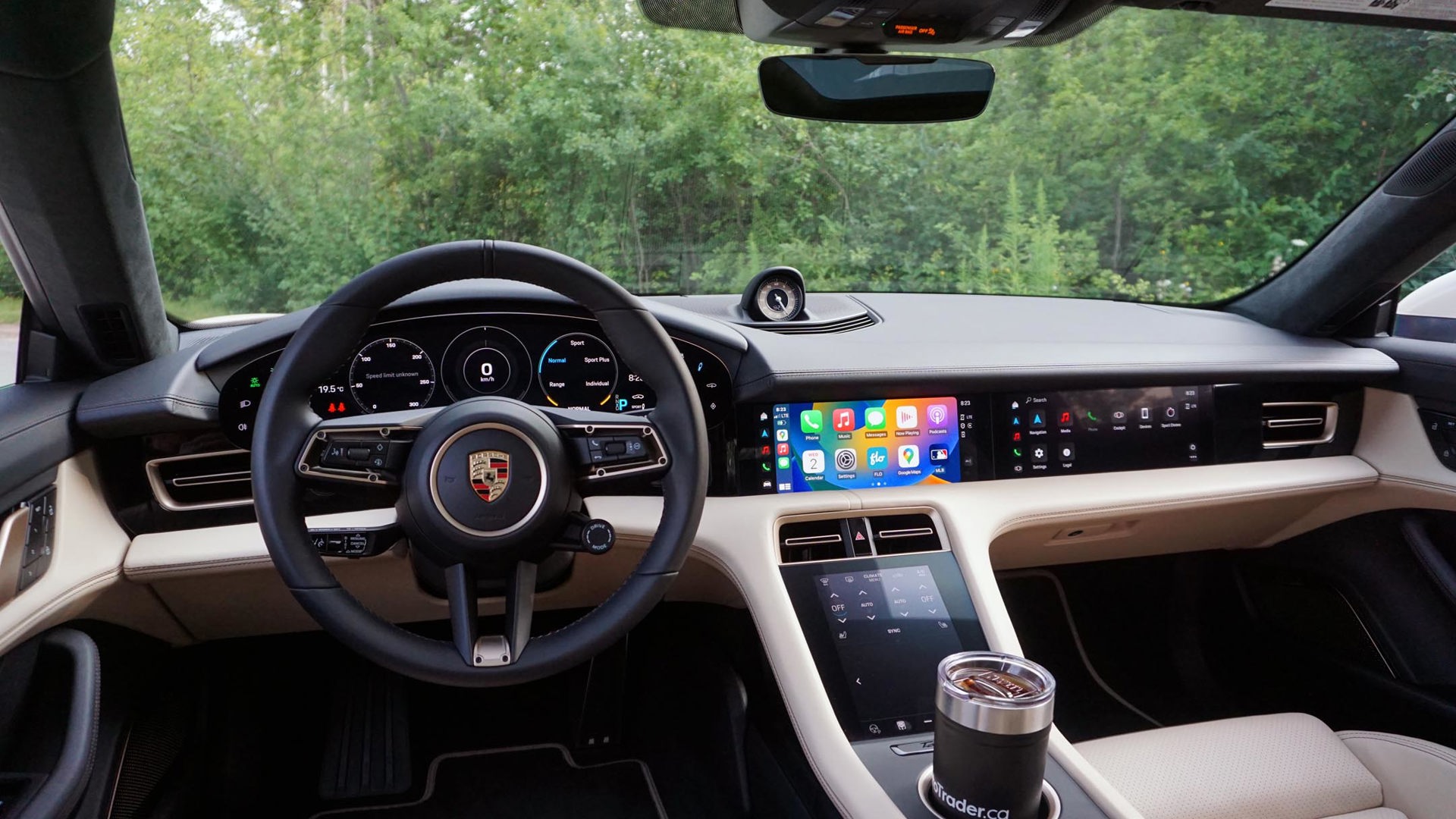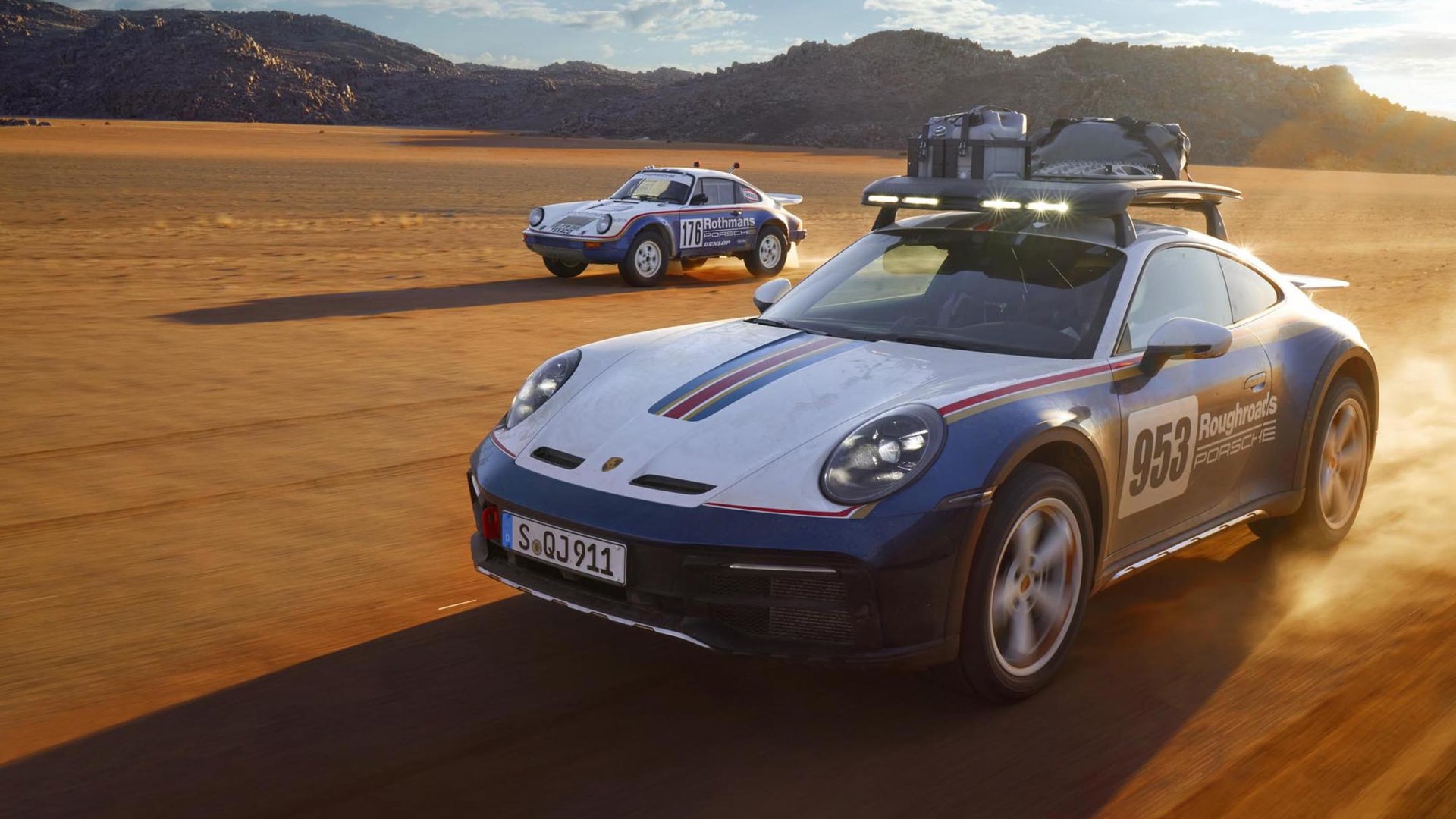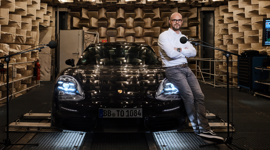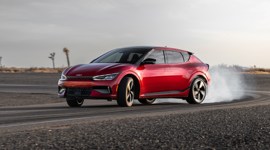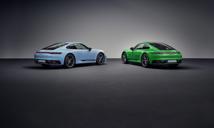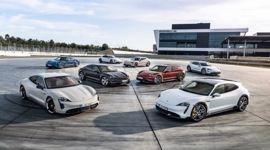There’s something about the Porsche experience that borders on parasitic.
No, that doesn’t come across as exactly complimentary, but it’s all about the way it embeds itself in those lucky enough to climb behind the wheel, driving an insatiable desire for more. It’s a phenomenon few other automakers have been able to match, let alone sustain for so many years. To drive one is to be forever infected.
It started decades ago with the predecessor to the 911, the 356, and has soldiered on ever since. But a new day has dawned – one that demands emissions-free options to help curb the effects of climate change. Of course, this seems at least on the surface like it’s at odds with the Porsche experience, which is predicated upon controlled fury of the visceral variety.
A Modern Take on the GTS
A loud, raspy engine bolted to the back end of the 911 is a fundamental part of the flagship Porsche experience. The reality is that it’s a sensation that’s all but impossible to recreate with electrification, hence why this will likely be the last of the brand’s models to make the switch to emissions-free power.
Fear not, though, Porschephiles – the engineers behind the brand are up to the task of creating a familiar experience with electric propulsion, and the 2023 Porsche Taycan GTS is proof. As the distillation of all that’s sacred in Stuttgart lore, this trim is the one to test before writing off electrification as not conforming to what’s been created over the last 75 years.
In truth, the GTS moniker is a bit of a misnomer these days – not that it doesn’t stand for something special, but rather that its meaning doesn’t have the same relevance it did in the 1960s when it was first introduced. Back then it was all about the pinnacle of speed and comfort, which pretty much applies to every modern Porsche model.
Even so, it’s a bit of a unique blend of go-fast goodies bolted to the base trims throughout the brand’s lineup. In the case of the Taycan GTS, peak torque shoots to 627 lb-ft – a significant increase from the base 4S version and its maximum of 472 lb-ft – while it’s capable of sprinting from a standing start to 100 km/h in a claimed 3.7 seconds. (Yes, that’s half a second slower than the Taycan Turbo, but then the latter and its extra burst of speed starts nearly $30,000 richer.)
The automatic-equipped 911 Carrera GTS is nearly as quick to triple-digit speeds as the Taycan Turbo, with the all-wheel-drive version doing it in 3.3 seconds, according to Porsche. (Its rear-wheel-drive sibling is a fraction a second slower, but miles more immersive.) Output from the 3.0L turbocharged engine stands at 473 hp and 420 lb-ft of torque, considerably more than both the base Carrera (379 hp, 332 lb-ft) and Carrera S (443 hp, 390 lb-ft) generate.
A Different Drive
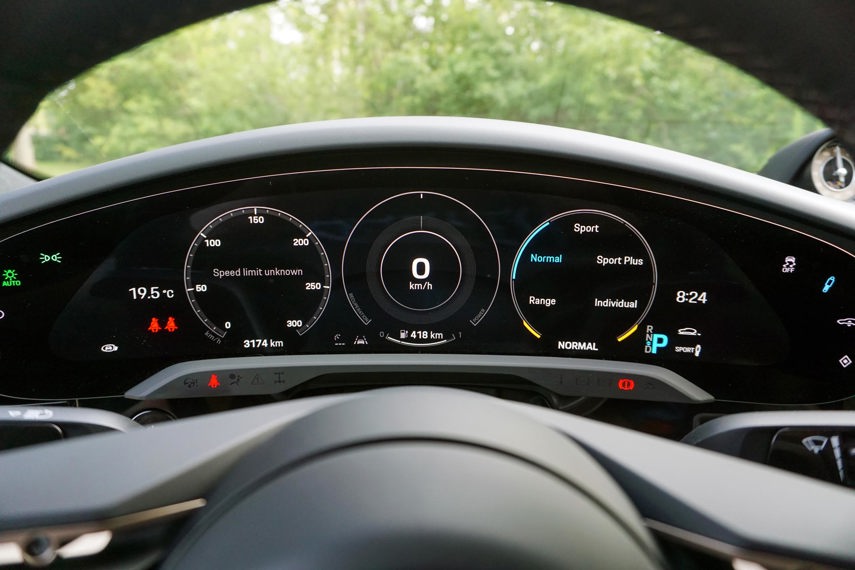
Just as the fundamentals of the mid-engine 718 Series lead to a different driving feel than the rear-engine 911 provides, the Taycan’s layout that bookends its battery pack with a pair of electric motors is impossible to ignore. So, too, is its mass; at a whopping 2,295 kg (5,060 lb), it tips the scales at some 700 kg (1,543 lb) more than the 911 Carrera 4 GTS.
The result is a car that doesn’t wriggle through corners the same way as the 911, which swings like a pendulum thanks to its engine that hangs off the back; but then there’s a familiarity from behind the wheel that’s undeniable. Staring down the hood between the bulging fenders is enough to transport a driver into the same headspace the Taycan’s legendary sibling offers. It’s only the soundtrack that’s missing – and in fairness, it’s a problem that extends well beyond the Porsche badge.
What’s shared by both cars is sharp and responsive steering that can be as heavy as a race car’s when dialled up as such, as well as the planted feel provided by their wide tracks. The Taycan’s sound effects might not do it any favours as far as replicating the classic Porsche experience, but it can carve a corner in a way that’s befitting of the brand’s badge.
Final Thoughts
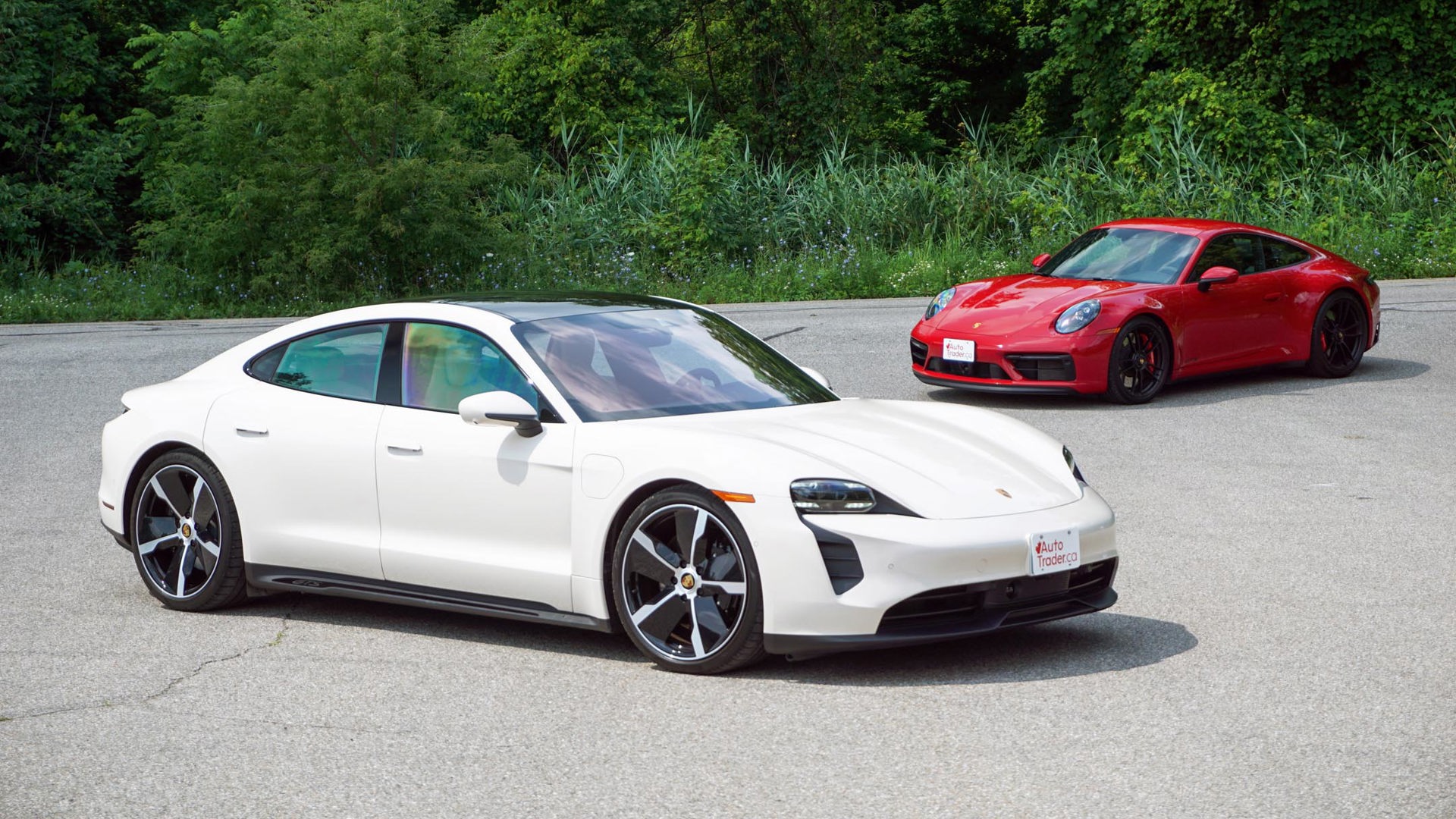
The purists were dragged kicking and screaming, convinced their beloved brand was being destroyed when the Cayenne came out – and then again with the Panamera, and yet again with the Macan. Heck, even the Boxster was derided by the brand’s fusspot fans as an unwelcome addition. That’s the way it goes for a car company that’s built such a devout following over the years, with an aversion to anything close to change.
In the end, just as none of the rest of the Porsche lineup feel much like a 911, the Taycan is entirely its own car. But what it has in common with the Cayenne, Panamera, and Macan is the ability to buoy this brand so it can keep building the gas-powered 911 that’s adored by so many. It’s also far from a consolation prize, delivering a drive experience that’s rewarding in its own ways. That’s the rare kind of specialness the good folks in Stuttgart have been crafting for years, and it’s one that defies what powers these products. It’s also proof that no matter what the future holds for this brand, fans are going to be driven to keep coming back for more.

